Which CSC motorcycles are “scramblers”?
Many motorcycle brands are now offering models marketed as “scramblers”. Motorcycles as large as 1,000cc and 1250cc have been restyled from street models and labeled as scramblers to cash in on the current popularity. Road bikes from names like Moto Guzzi, BMW, Triumph, Ducati and even Harley Davidson are trying to grab a share of the market. Custom bike builders are producing expensive “scramblers” for movie stars. Backyard mechanics are chopping up motorcycles from the 1980’s. But what is a scrambler? To answer this question, you need to go back to the 1950’s.
In the late 1950’s and early 1960’s you only had one choice when buying a motorcycle. The first motorcycles were all street bikes. The first motorcycles carried the iconic brands of Triumph, Norton, BSA, and Royal Enfield. By the mid-1960’s, street motorcycles from Honda and Yamaha entered the scene.
These first motorcycles were heavy, under-powered and slow. It didn’t take long for riders to attempt to improve the performance of these motorcycles. The first and easiest improvement was made by simply stripping off as much weight as possible. Riders ditched fenders, mirrors, racks, luggage, 2-up seats, and every piece of trim they could. The weight reductions were then paired with tweaks to the engine and exhaust. The biggest improvements were apparent in the bikes with small engines, since 125cc, 150cc, and 200cc motors were the most common in these first motorcycles.
Of course, as soon as you make any performance improvements to your motorcycle, you need to test the results. And what better way to test your motorcycle than to challenge someone to a race?
And the “Café Racer” was created!

Motorcycles were adopted by young people who couldn’t afford hot rods back in the late ‘50’s and ‘60’s. Rock and Roll was sweeping the world. Motorcycle riders adopted leather jackets. In England, motorcycle riders wearing leather jackets and craving rock music were not welcome in “polite” society. They congregated at the “transport cafes” along the highways – the modern-day equivalent of truck stops. These cafes welcomed the business and featured the latest “rockabilly” music on juke boxes.
“Café racing” was the term given to racing from one café to another or racing up the road and back before a 45 RPM record stopped playing on the juke box.
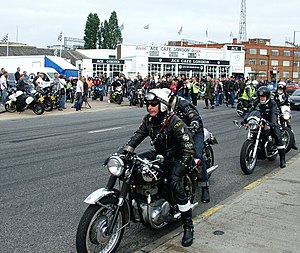
Cafe Racers where it all began: Ace Cafe, London
Café racers were the predecessors of the modern sport bikes. The minimalist, naked, pure functional appearance also meant that these motorcycles were the fastest thing on the road. The ultimate goal was to build a café racer that could reach 100 mph – known as “doing the ton” or “ton up”. These high speeds were truly death-defying on the narrow, poor roads of the time and when combined with inadequate brakes. Café racers acquired a “bad boy” reputation because their bikes were faster than police cars, too!
Café racers became the predecessor of the flat track racer. Adding more aggressive tires to the street bike and higher handlebars allowed it to race on flat dirt tracks. Flat track racing became hugely popular in Europe and then the U.S. Eventually, a street-legal version hit the road and became known simply as a “Tracker”.
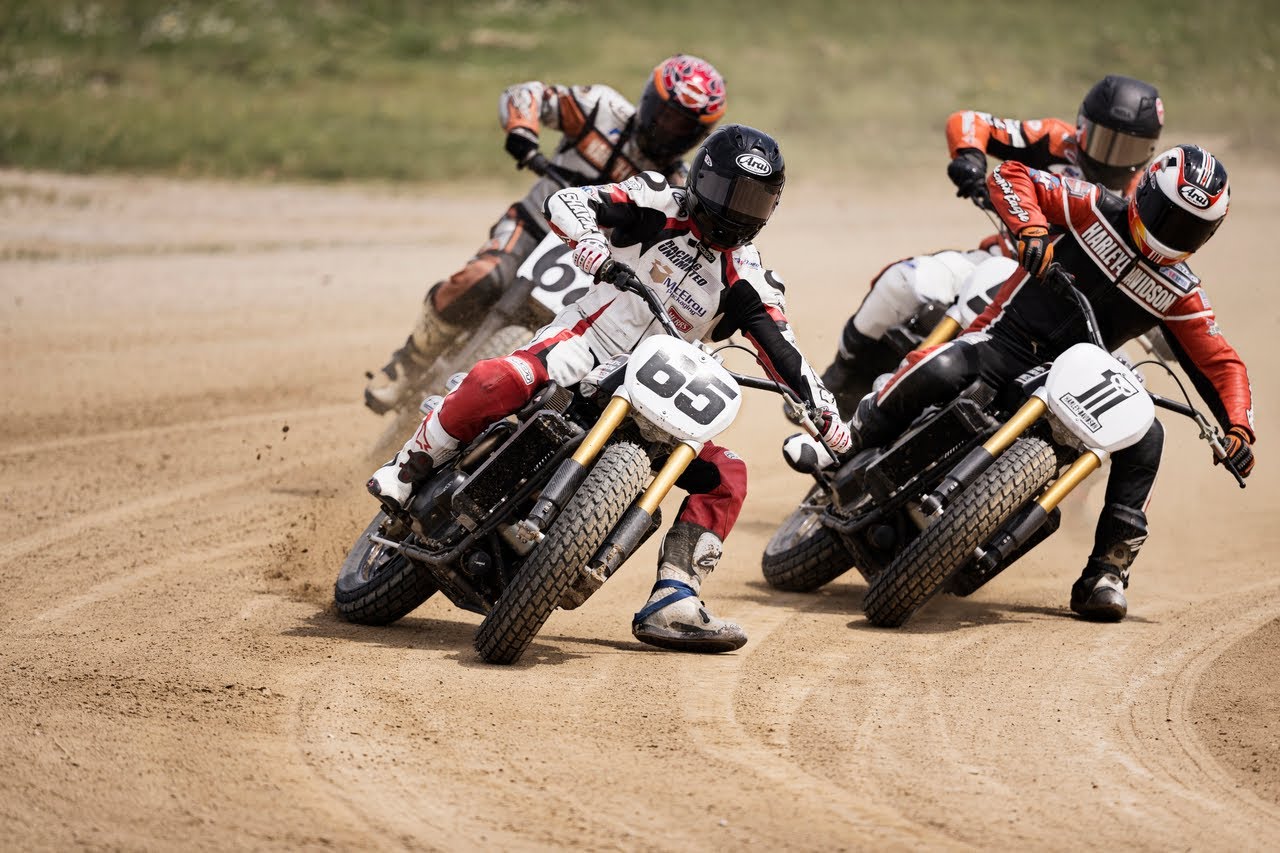
Flat track racers
But some motorcycle riders wanted more off-road capabilities, so they made more modifications. They added high exhaust pipes, longer travel shocks and forks, and the headlights. The café racer spawned the tracker which then generated the scrambler.
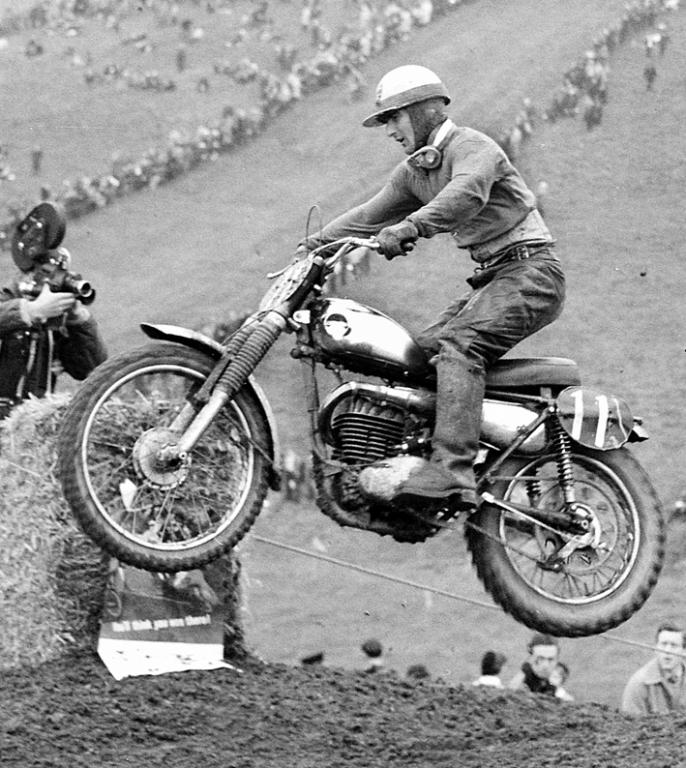
The early “scrambler” motorcycle
Again, to test your creation you need to race someone. These early “dirt bikes” were matched against each other in “hare scrambles”. Riders took off cross-country on motorcycles that had only recently been tame street bikes! A whole new motorcycle segment and category of riders were developed. In the U.S. these early scramblers invented the sports of desert racing and hill climbs. Celebrities like Steve McQueen added to the excitement for the sport.
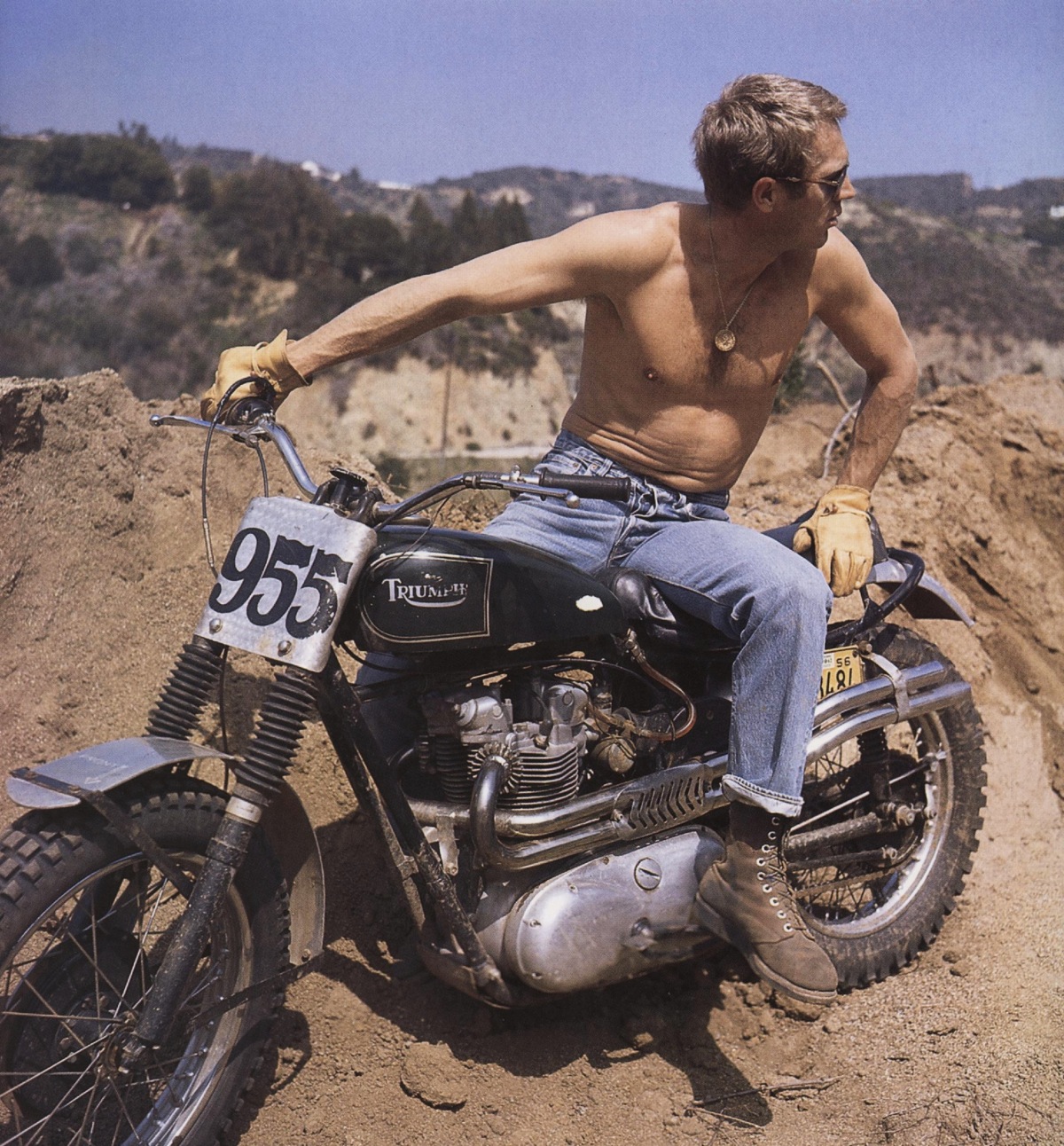
Steve McQueen, the king of cool, on one of his own famous scramblers – a modified Triumph TR6
Today, the off-road capabilities of the scrambler have been vastly improved with new frame designs, powerful 4-stroke motors, and trick suspension to evolve into the modern motocross and “dual-sport” motorcycles. More recently, some riders took these high-performance and lightweight dirt bikes and modified them “backwards” for street riding. The evolution came full circle and created the “supermoto” bike. More than 60 years after the café racer, the Super Moto has acquired the same “hooligan” reputation.
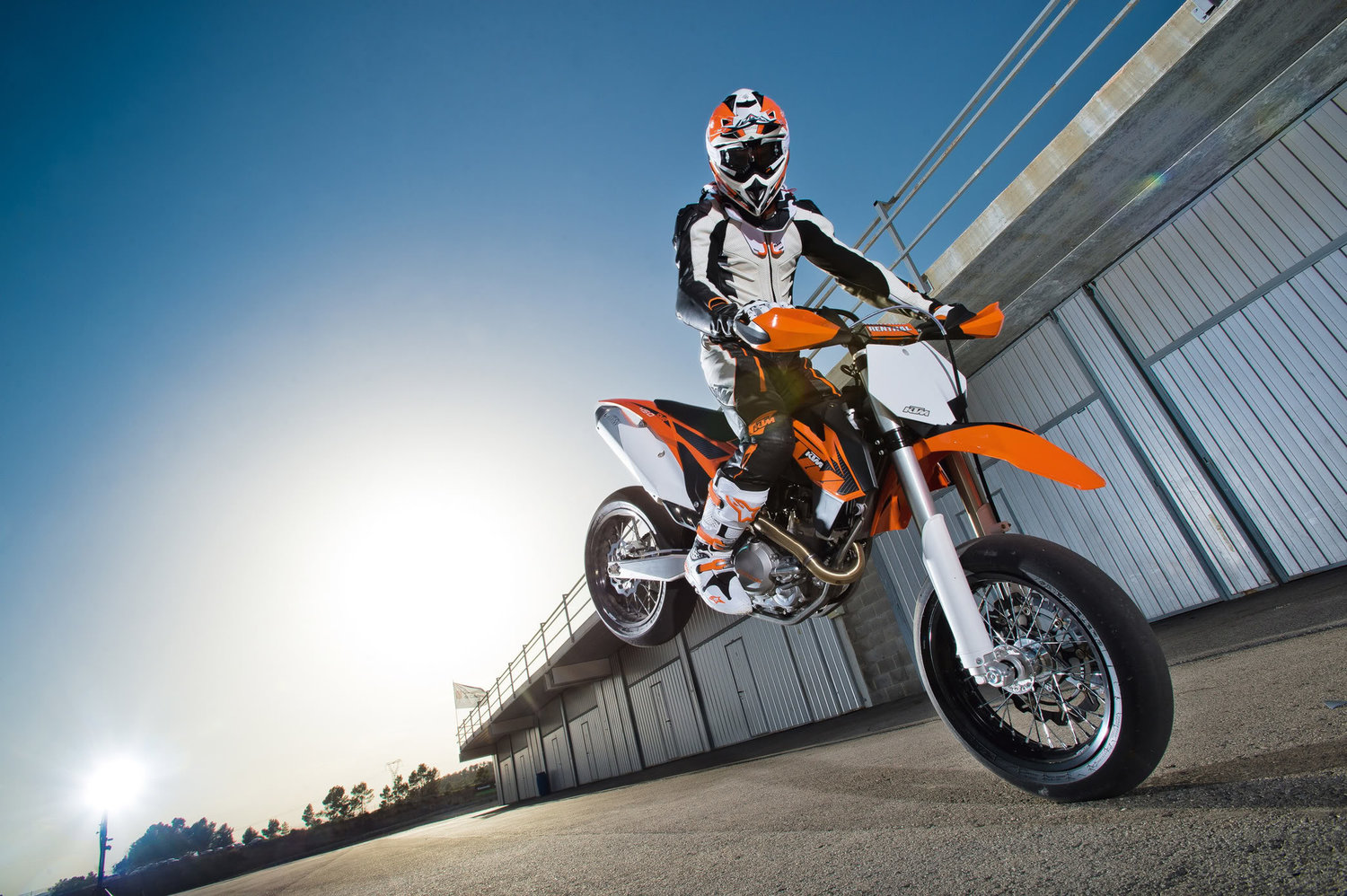
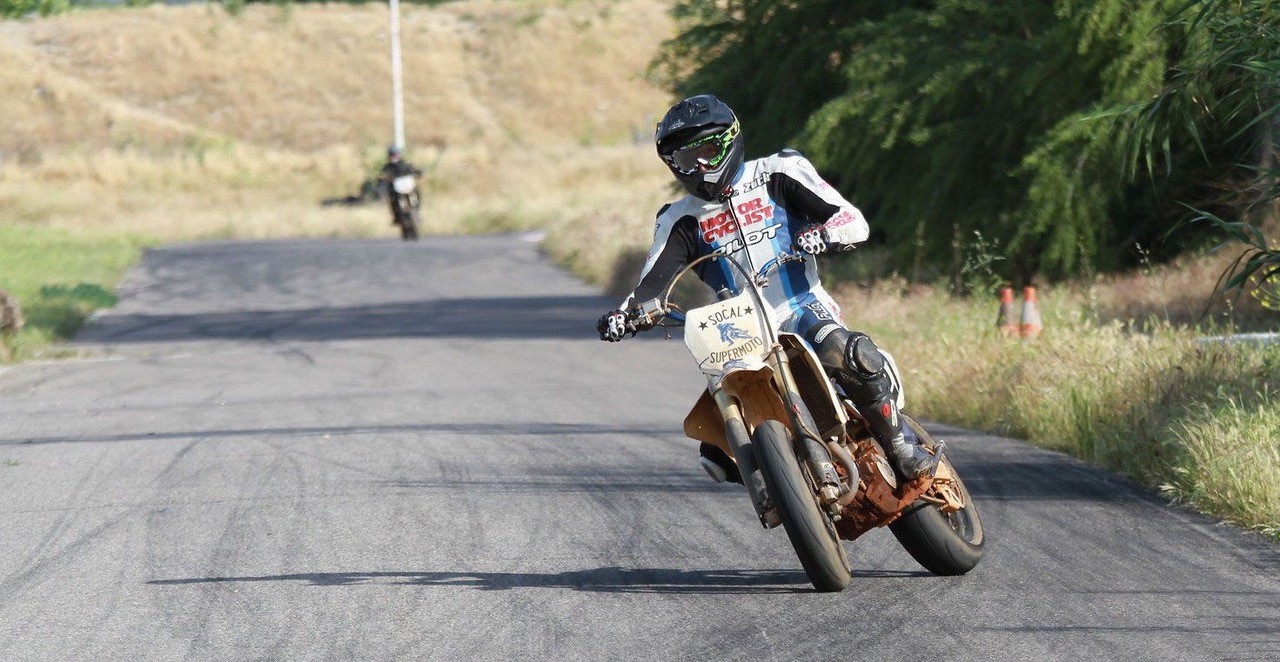
Today, we have many categories of motorcycles to choose from. Factories produce a wide menu of street bikes, dual-sport, and motocross racers. The latest fad seems to be the “scrambler-style”, although huge V-twin “scramblers” bear no resemblance to the original, stripped-down dirt bikes. Many other models now blur the lines between these broad categories.
CSC Motorcycles has several models that fall into these categories – OR multiple categories:
The CSC SG250 San Gabriel is a throwback to the 1960’s vintage café racer with its minimalist style and simple, 230cc air-cooled motor.
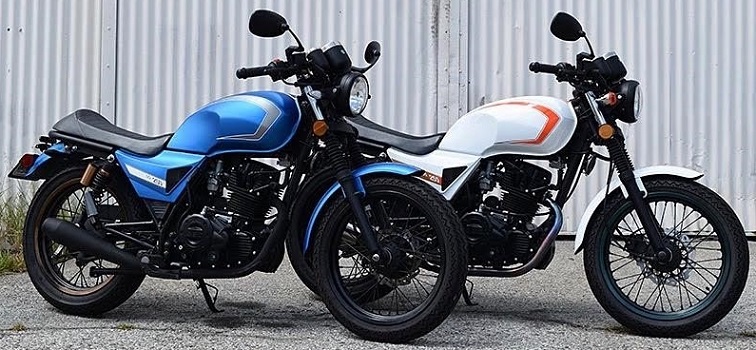
CSC SG250 San Gabriel “cafe racer”
The CSC TT250 Enduro is a street-legal dirt bike. It features the same 230cc air-cooled motor as the SG250 San Gabriel.
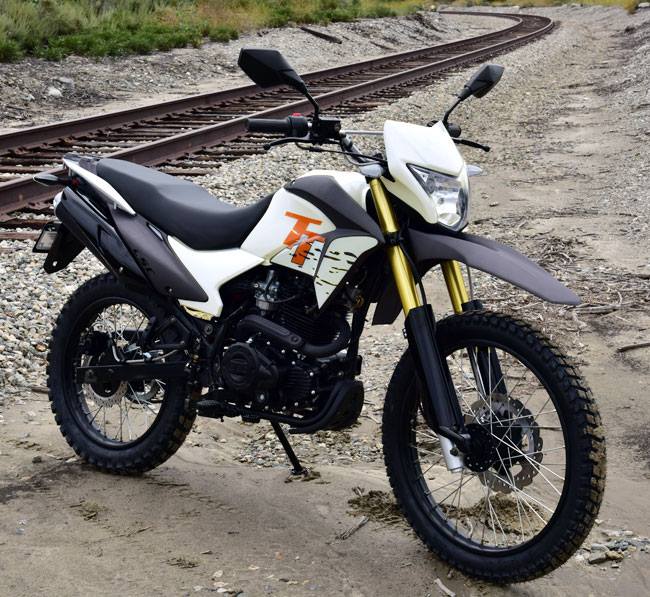
CSC TT250 Enduro Dual Sport
The CSC RX3 Adventure is a dual-sport motorcycle that is equipped for long-distance travel with standard luggage and a windshield.
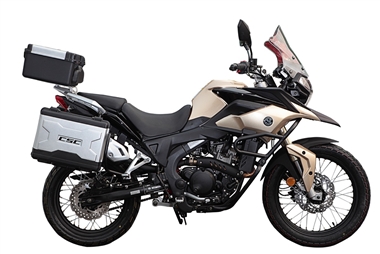
CSC RX3 Adventure 250cc Motorcycle
The new CSC RX4 Adventure (available Spring 2019) is a larger dual-sport motorcycle with a 450cc liquid-cooled motor.
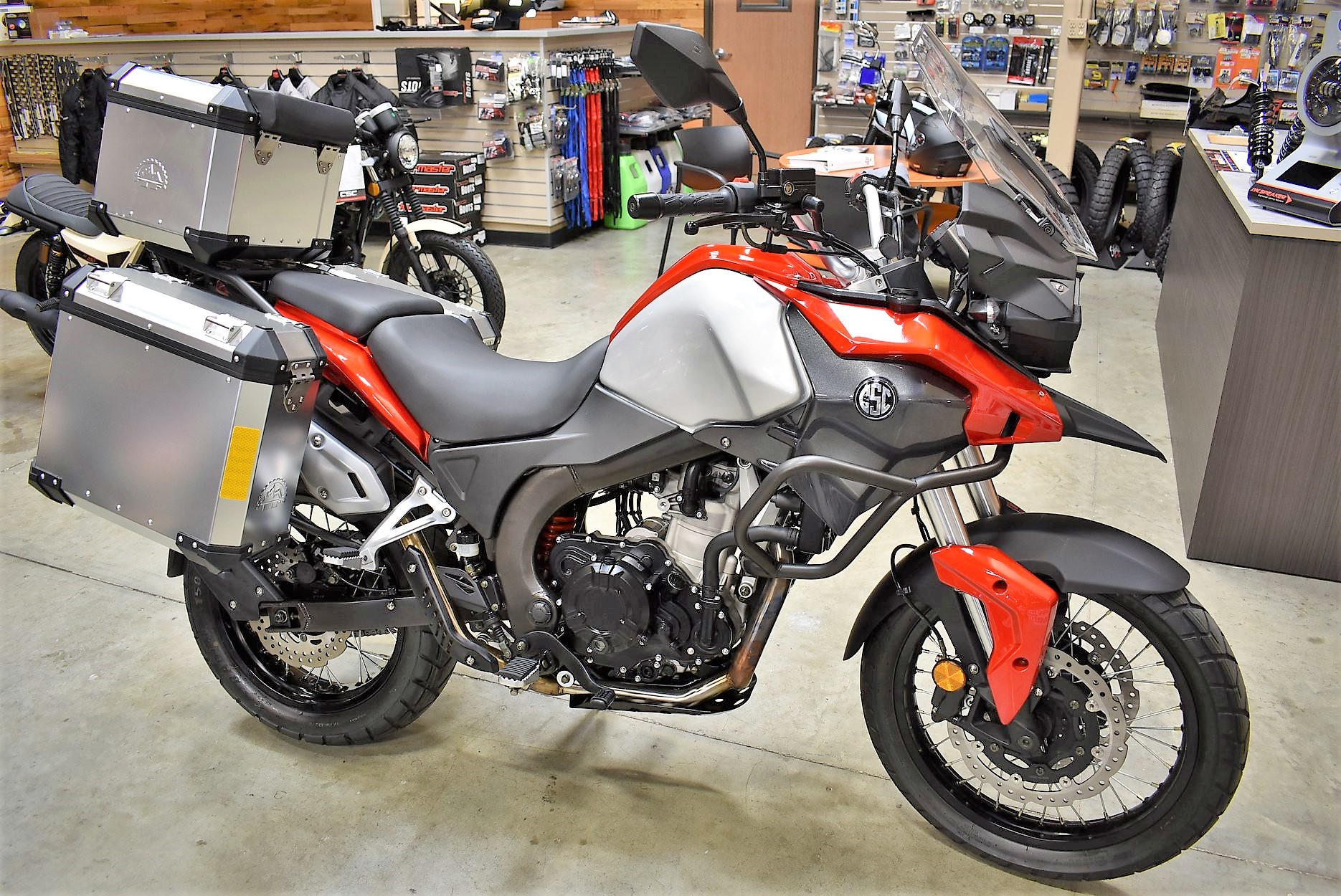
NEW 2019 CSC RX4 Adventure 450cc Motorcycle
These are the classifications of the STOCK models from CSC Motorcycles. But “scramblers” have always been customized and modified motorcycles. What if you used these models as the base foundation for your own custom scrambler motorcycle?
If you add dual-sport knobby tires to the SG250 San Gabriel, you have a San Gabriel “Scrambler”!
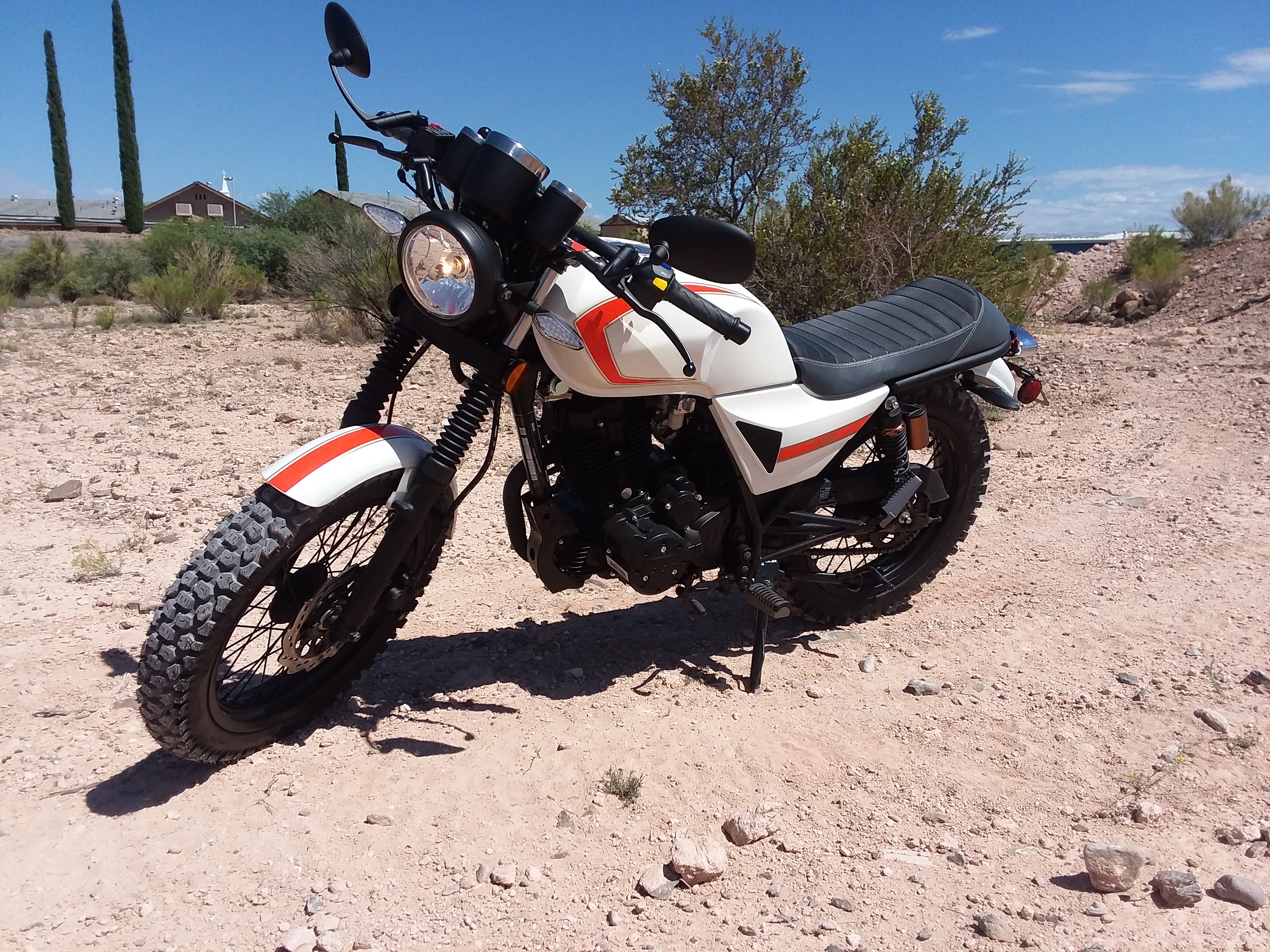
CSC SG250 San Gabriel “Scrambler”
For even more control on rough roads, you can add the higher handlebars from the TT250 Enduro. Like the scramblers of old, the CSC San Gabriel is not a “dirt bike” or even a dual-sport bike. But it is lightweight, nimble, and very capable on gravel or dirt forest roads.
The CSC TT250 Enduro is classified as a “dual-sport” motorcycle because it is street legal. It is a lightweight bike that has strong similarities to the previous generation of scramblers with air-cooled engines. If you add heavy knobbies and lower gearing to the TT250 Enduro you have a more capable off-road bike. But if you add higher gearing and street tires (and possibly an 18-inch front wheel) to the TT250 Enduro you create a hooligan Super Moto!
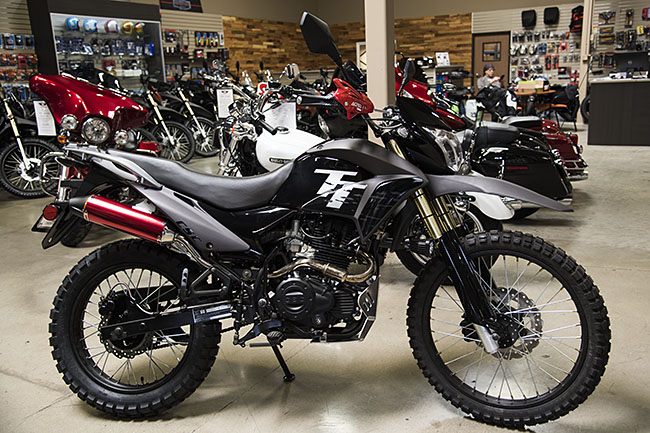
CSC TT250 Enduro with knobbies and performance exhaust
The CSC RX3 Adventure (and the 2019 RX4 Adventure) come fully-equipped for long-distance dual-sport travel. Both have standard rear panniers and top box luggage packages. Both have strong fuel-injected motors with liquid cooling. Both have 80/20 dual sport tires standard for riding the highway or unpaved roads. But if your goal is specifically long-distance highway travel, the dual sport tires can be swapped for highway radial tires. The 2019 RX4 Adventure will also offer the option of aluminum cast wheels with tubeless tires.
The original scramblers only had minimal off-road capabilities compared to modern dual-sports. But if your goal is more aggressive dual-sport travel including the Trans-America Trail (TAT) or the Backcountry Discovery Routes (BDR-series), then both the CSC RX3 and RX4 can be equipped with heavy-duty aluminum skid plates, radiator guards, hand guards, and full knobby tires.
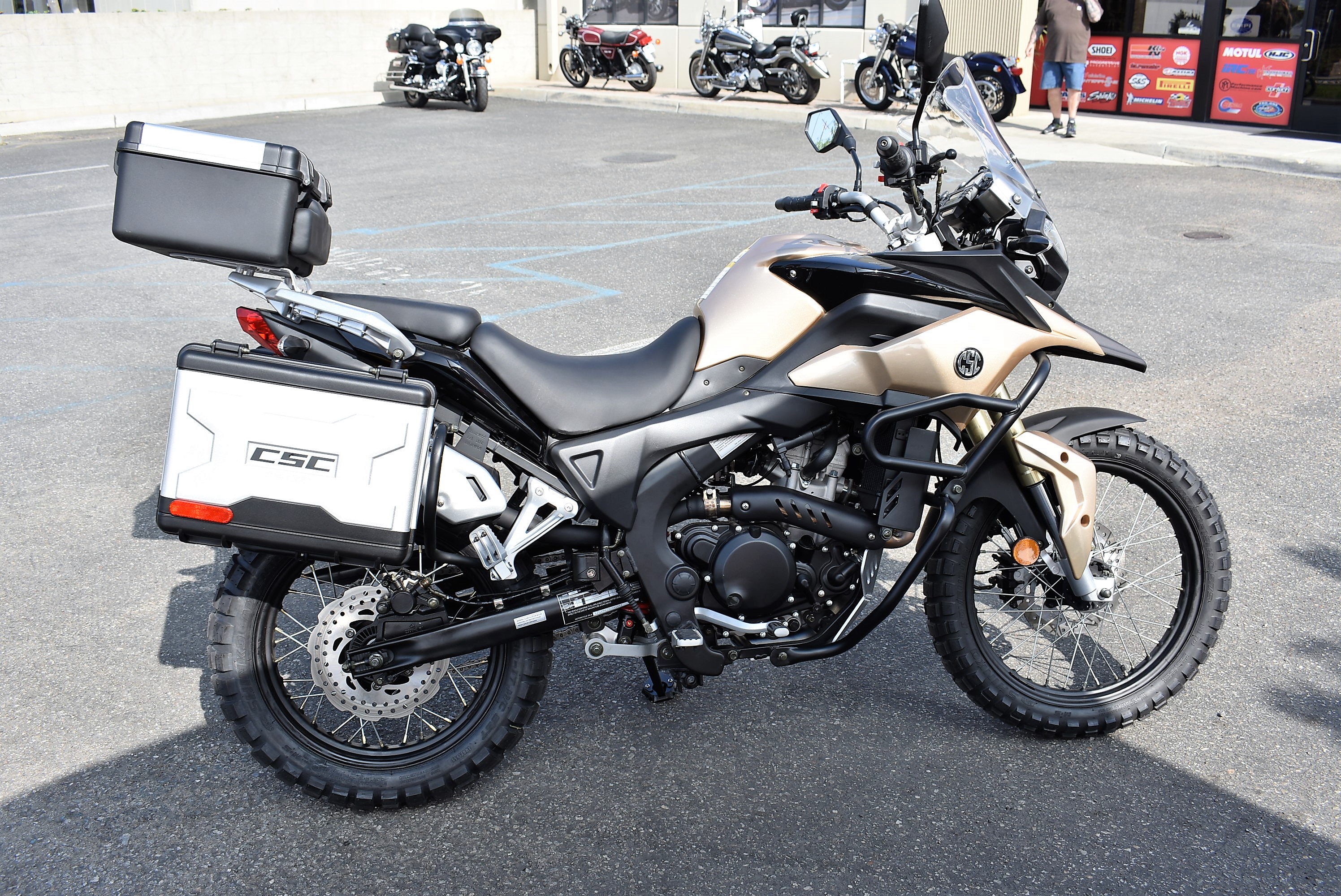
CSC RX3 Adventure with knobbies and skid plate
But if your goal is a modern scrambler, both the RX3 and RX4 Adventure can be stripped of the luggage, racks, and even trimmed fenders. Just like the original scramblers, you gain more performance by losing the weight and you gain more maneuverability on the trail and in traffic by making the bikes narrower.
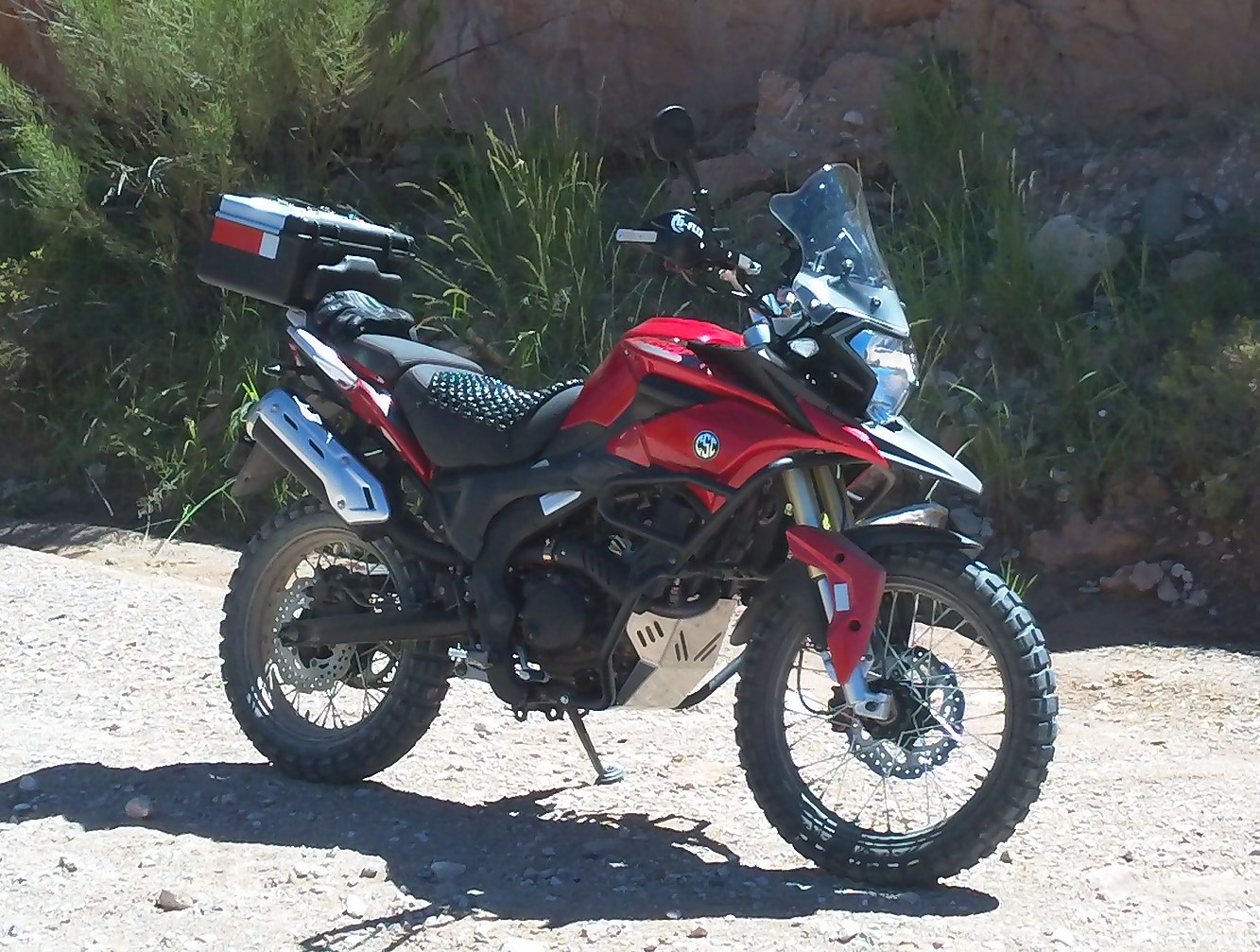
CSC RX3 Adventure “Scrambler” minus rear hard luggage
Few experienced riders are satisfied with stock motorcycles. All the CSC motorcycle models are honest values based on their standard features. These models also provide perfect foundations for the custom bike you have been dreaming about. Contact CSC Motorcycles for more information about any of these models. See also the wide range of options and accessories available to make your new motorcycle match your riding style at CSCMotorcycles.com.
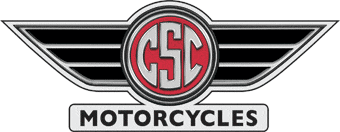
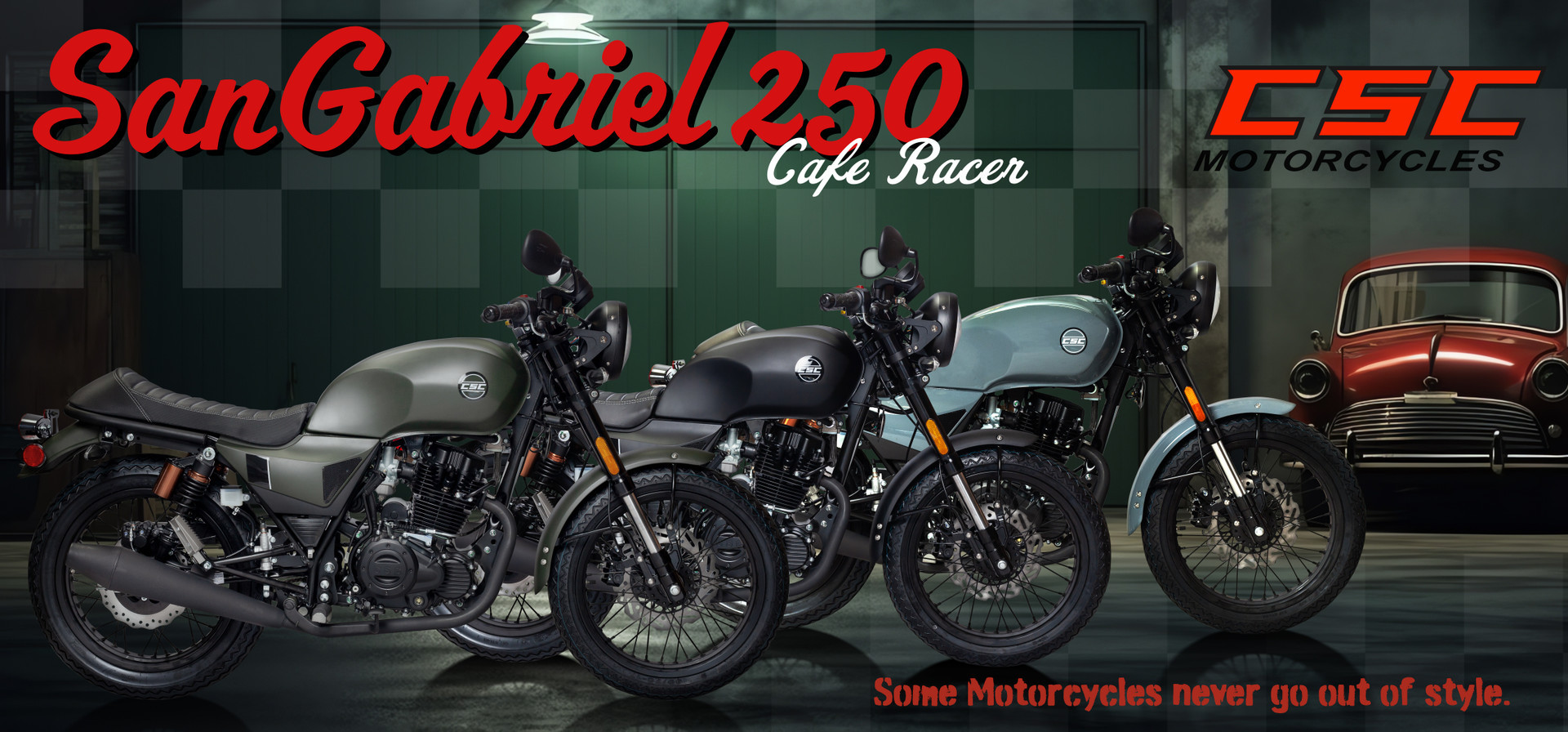
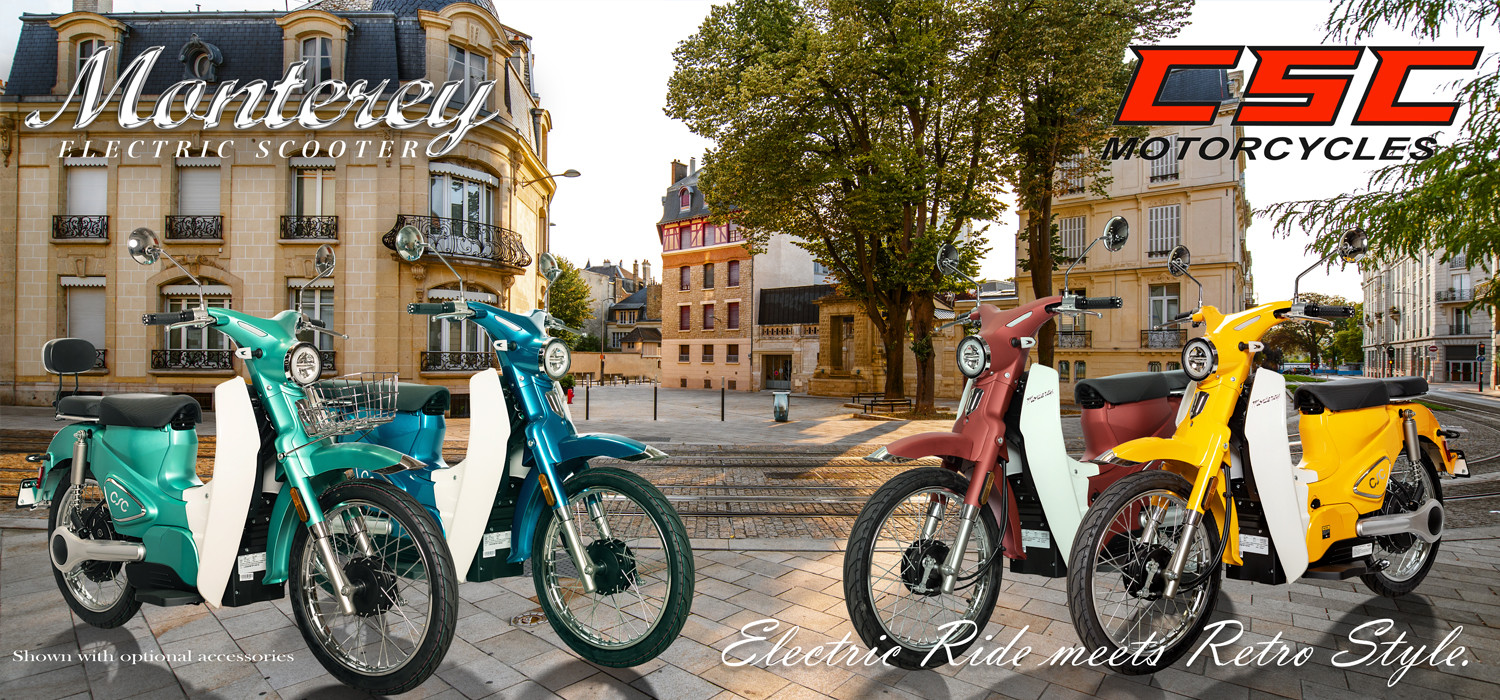
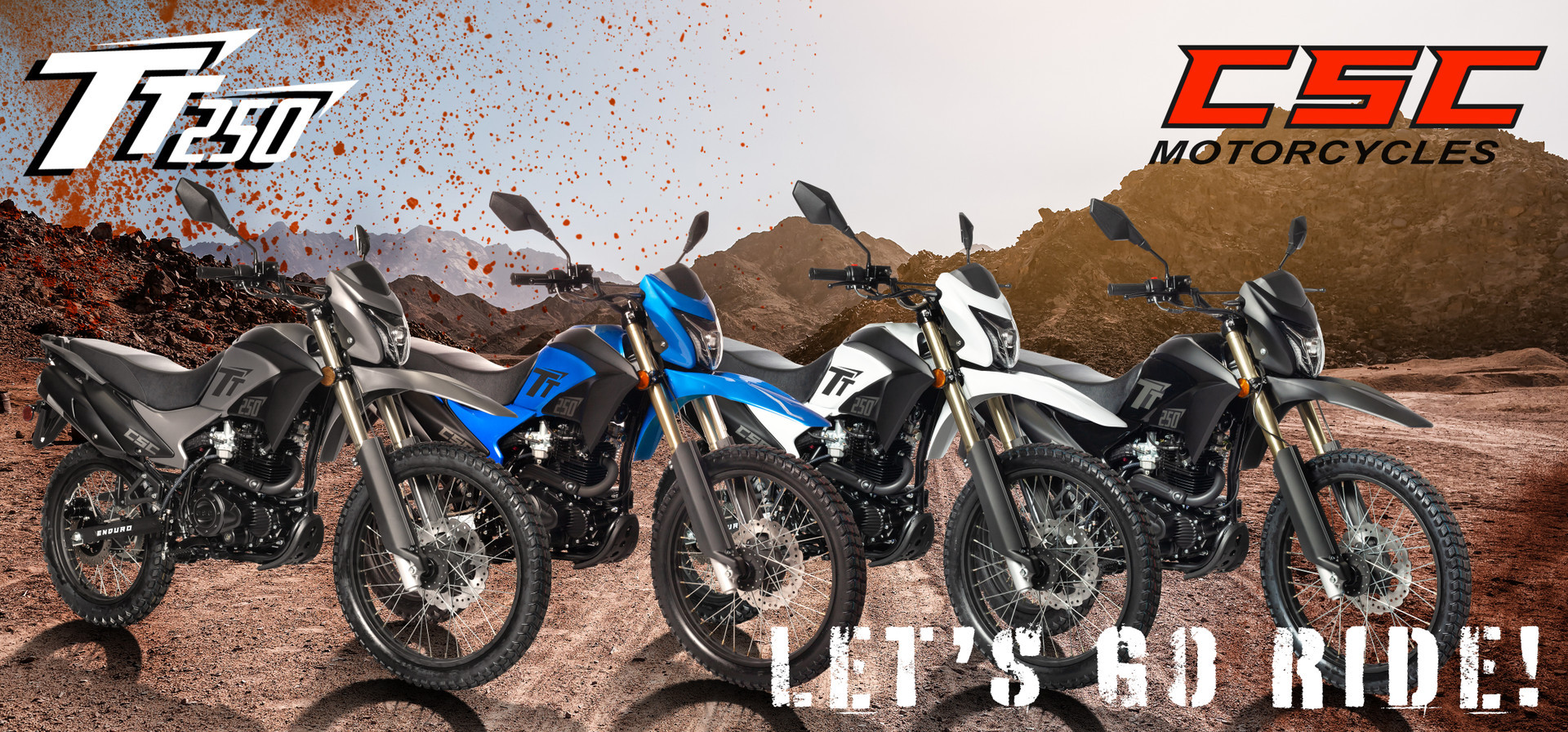
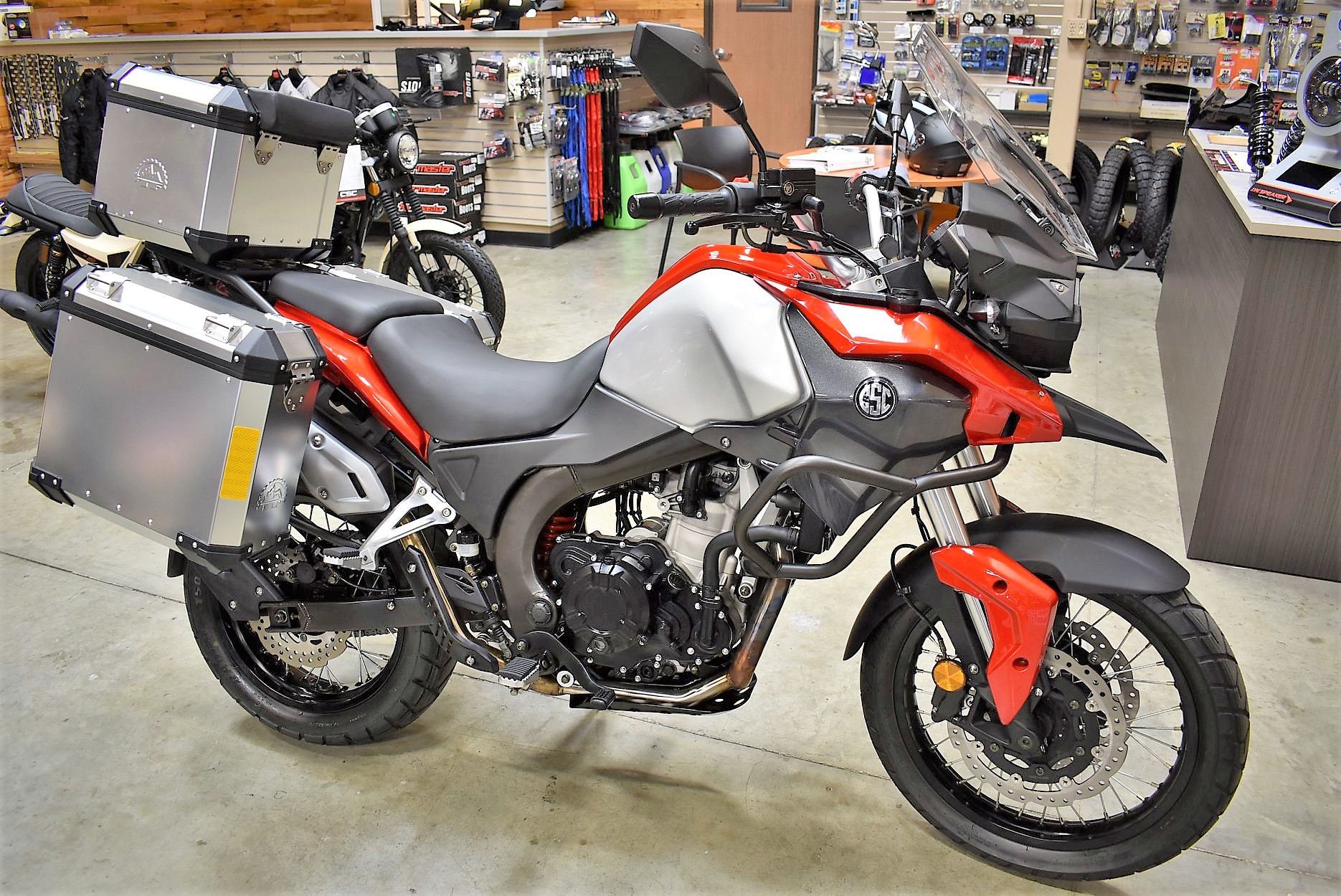














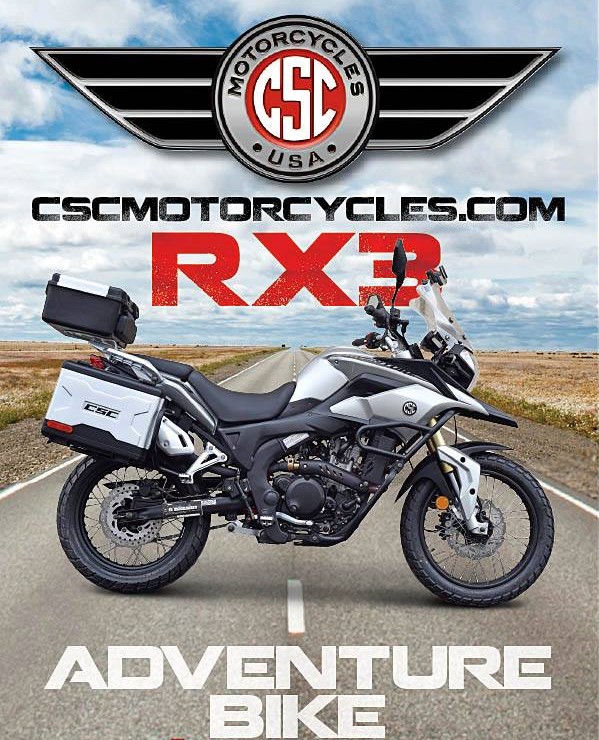
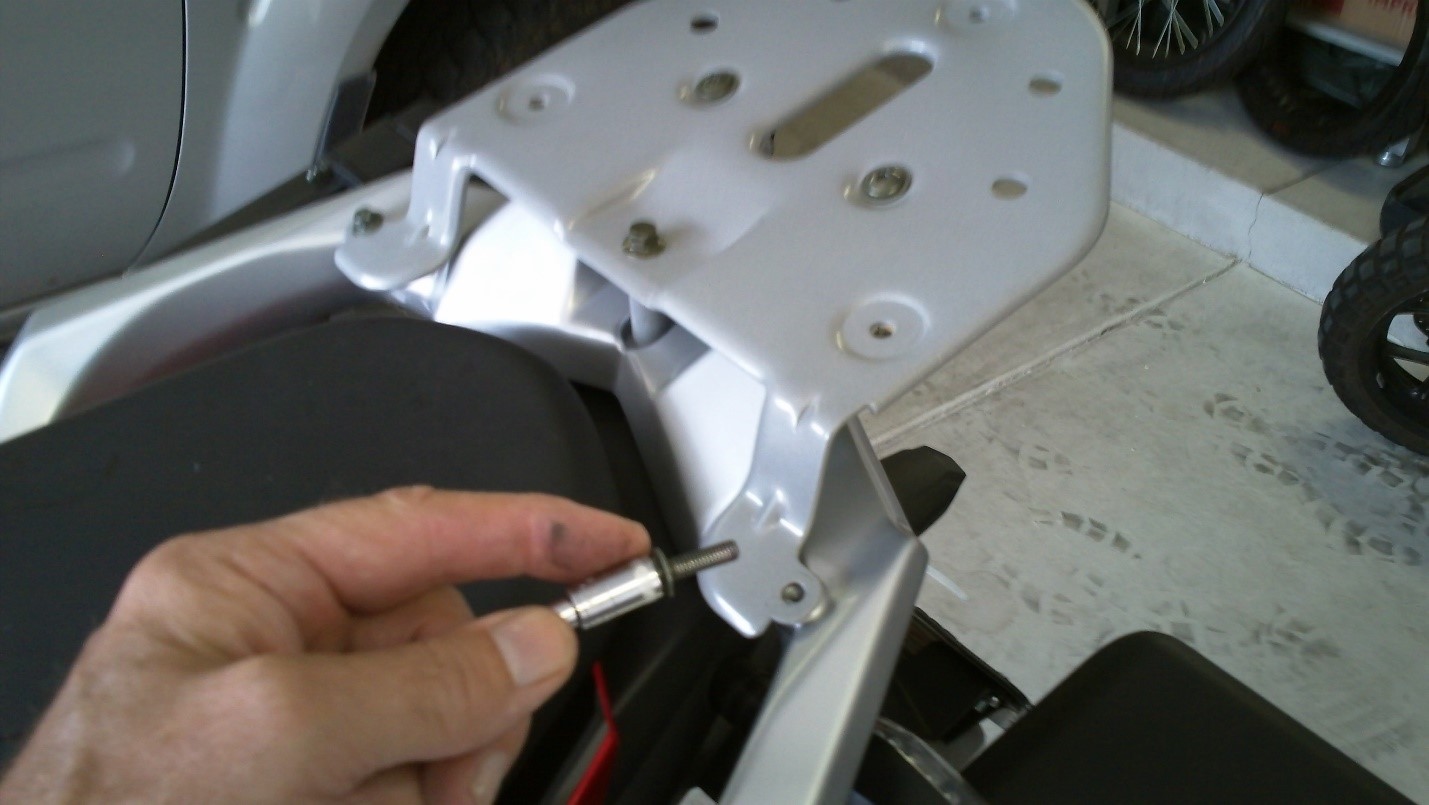
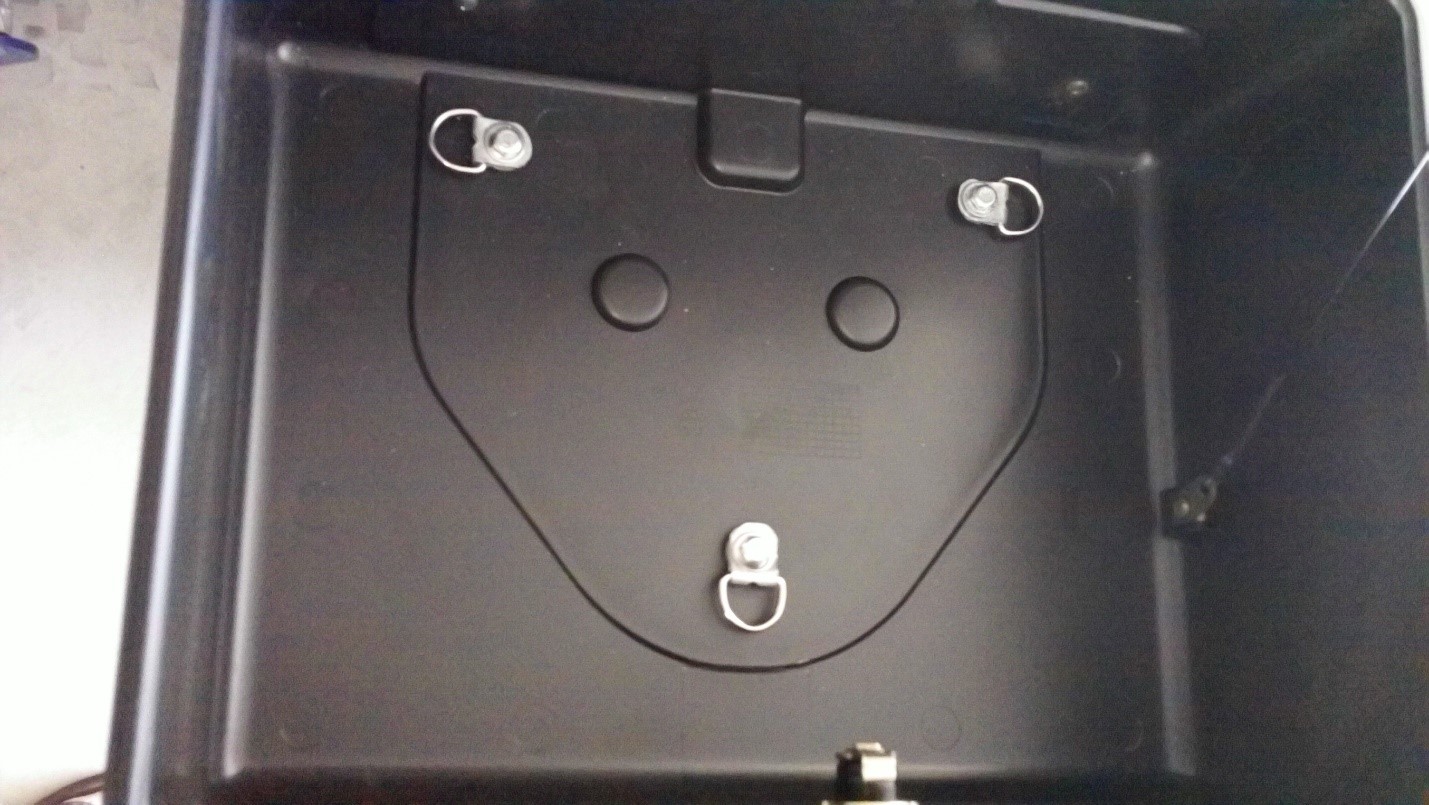
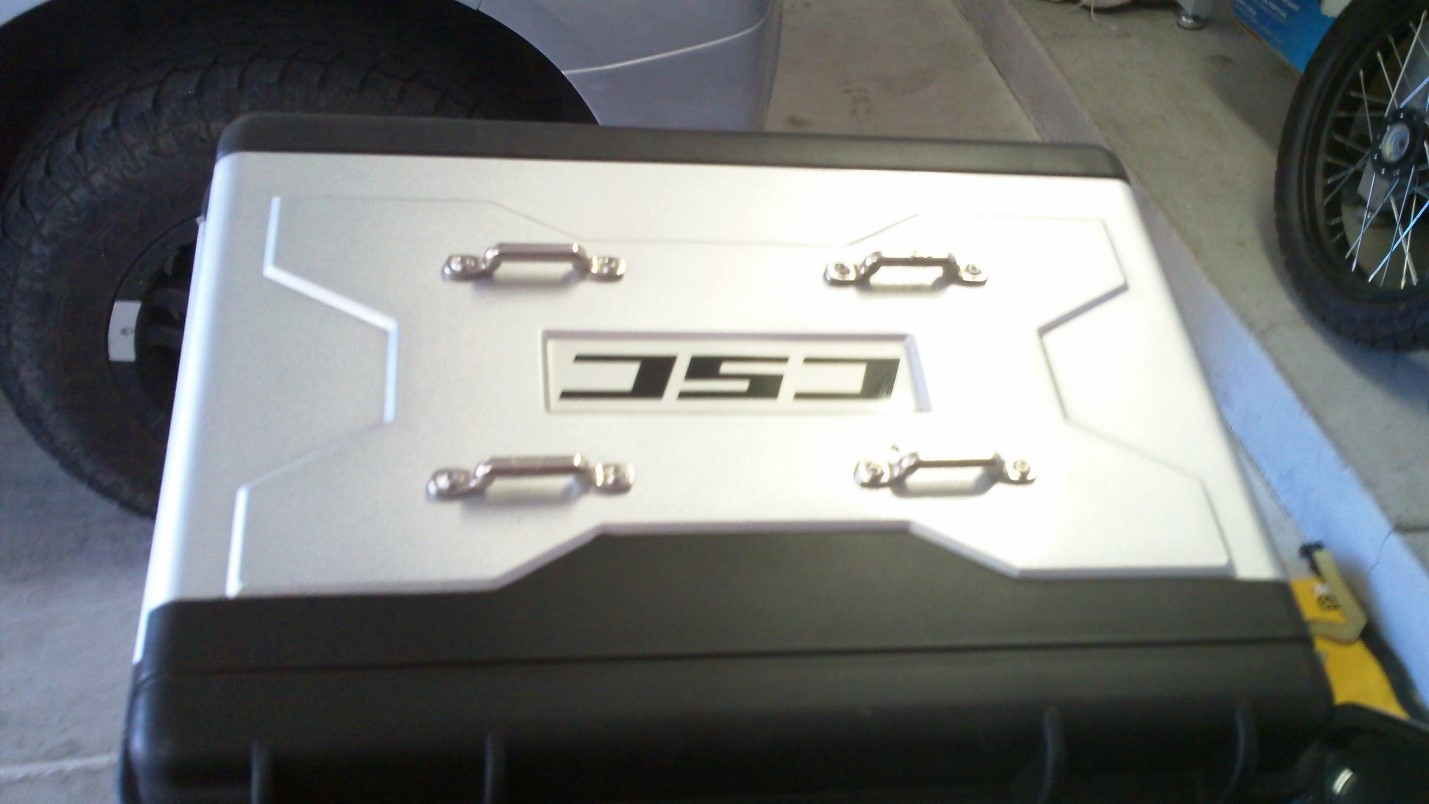
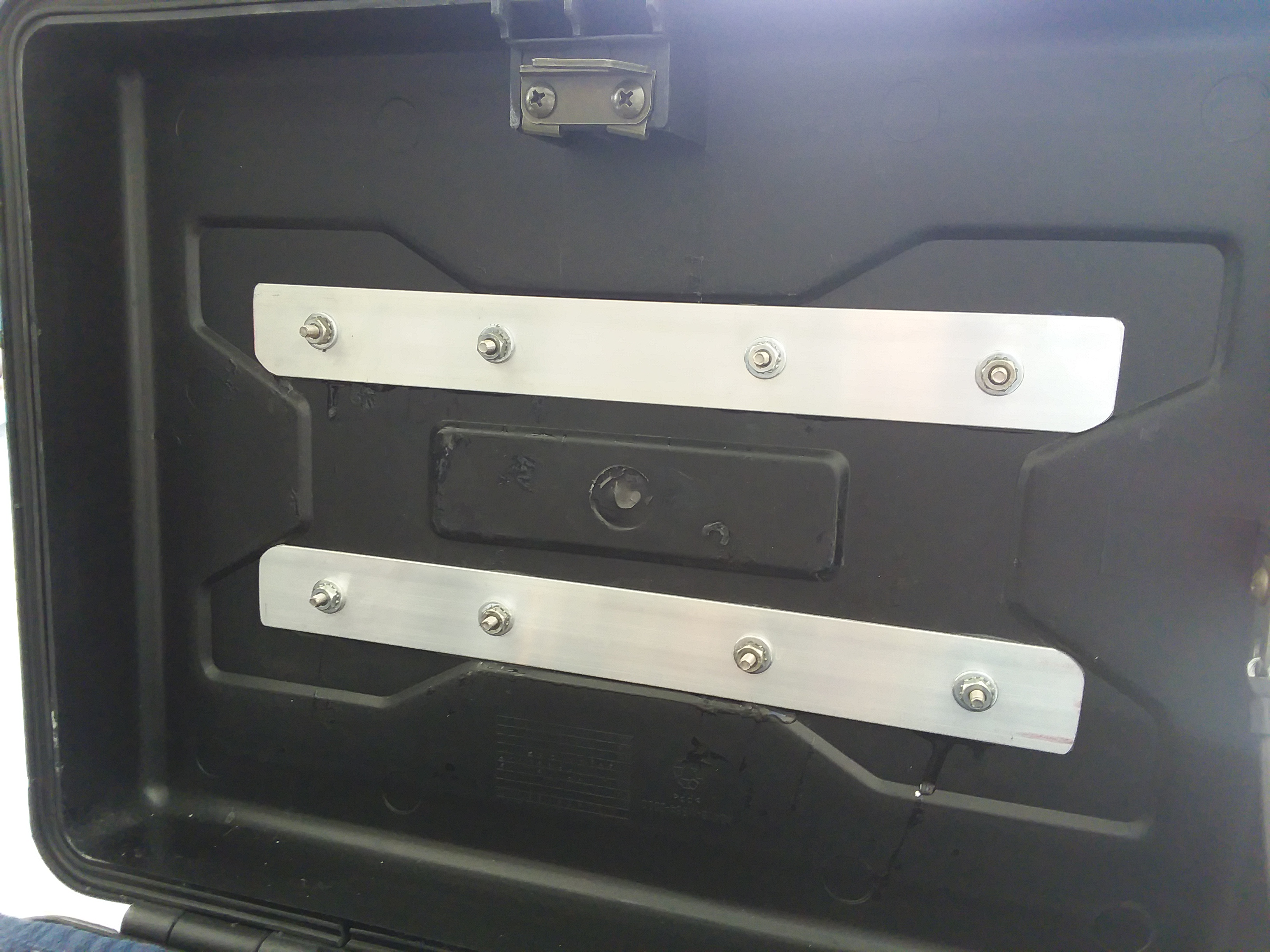

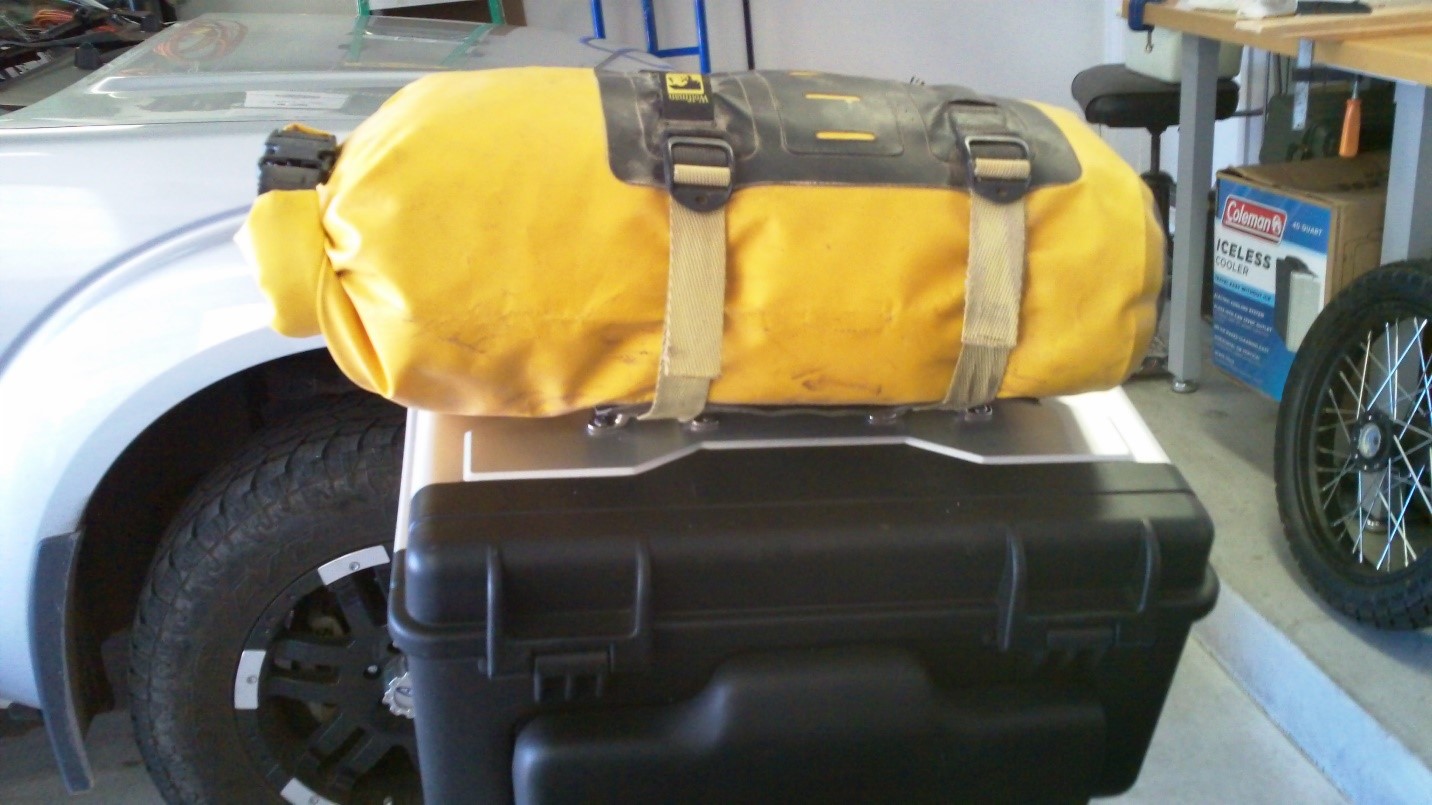
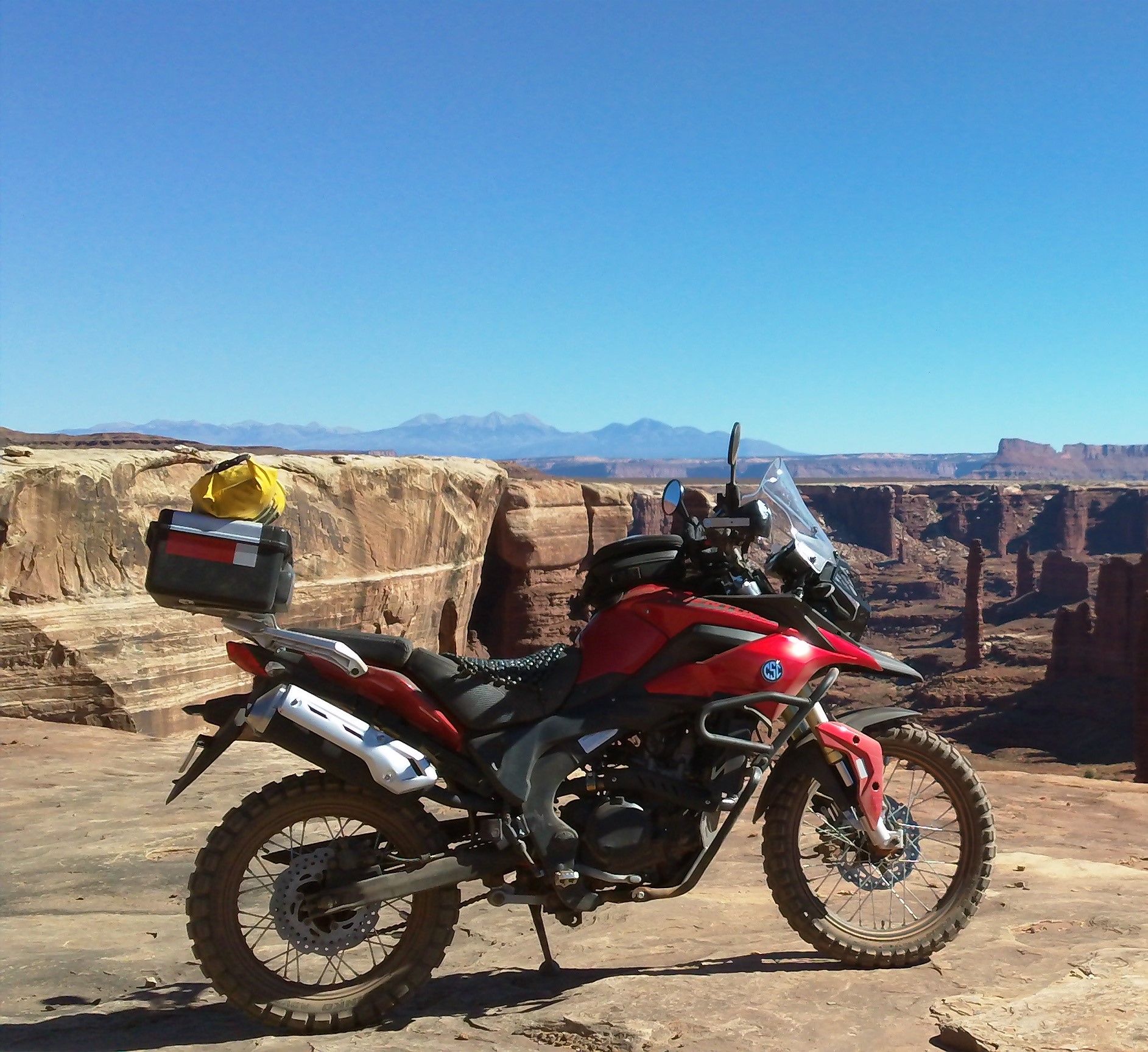
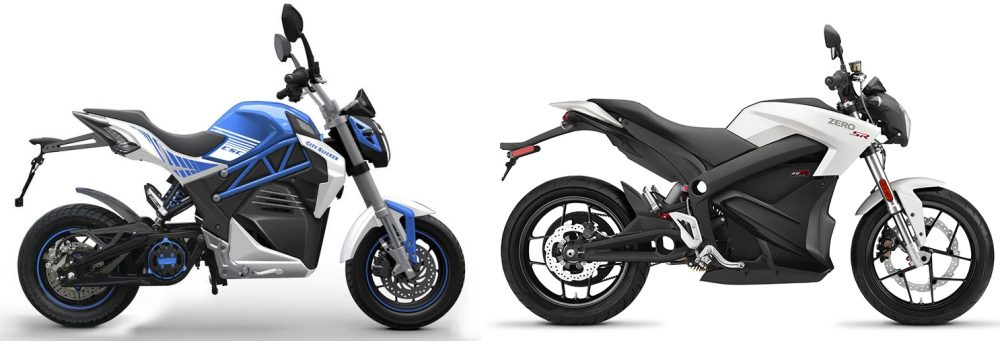
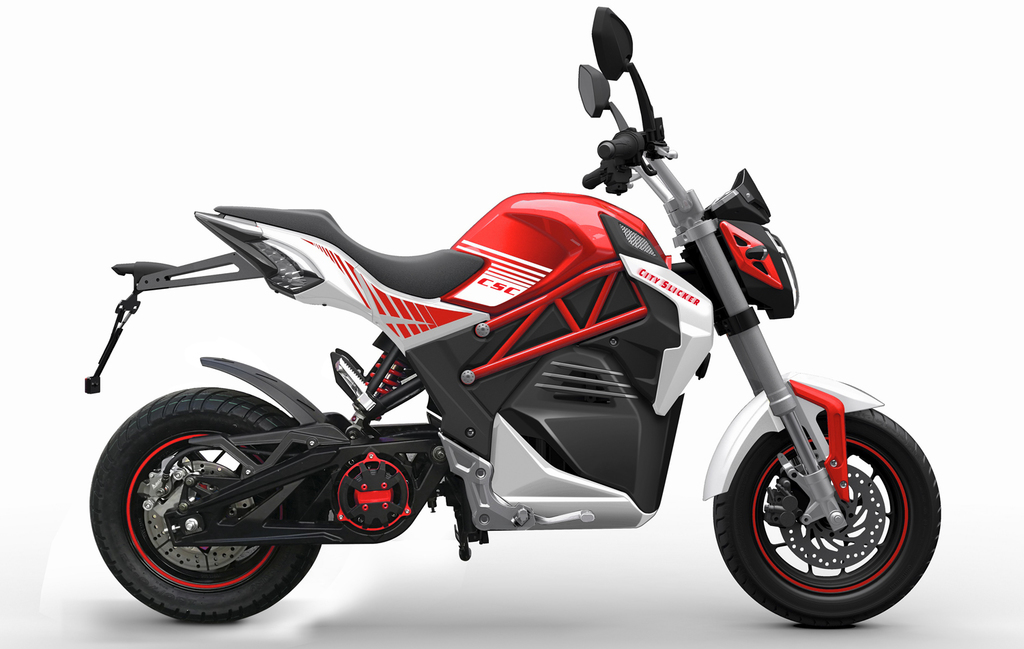
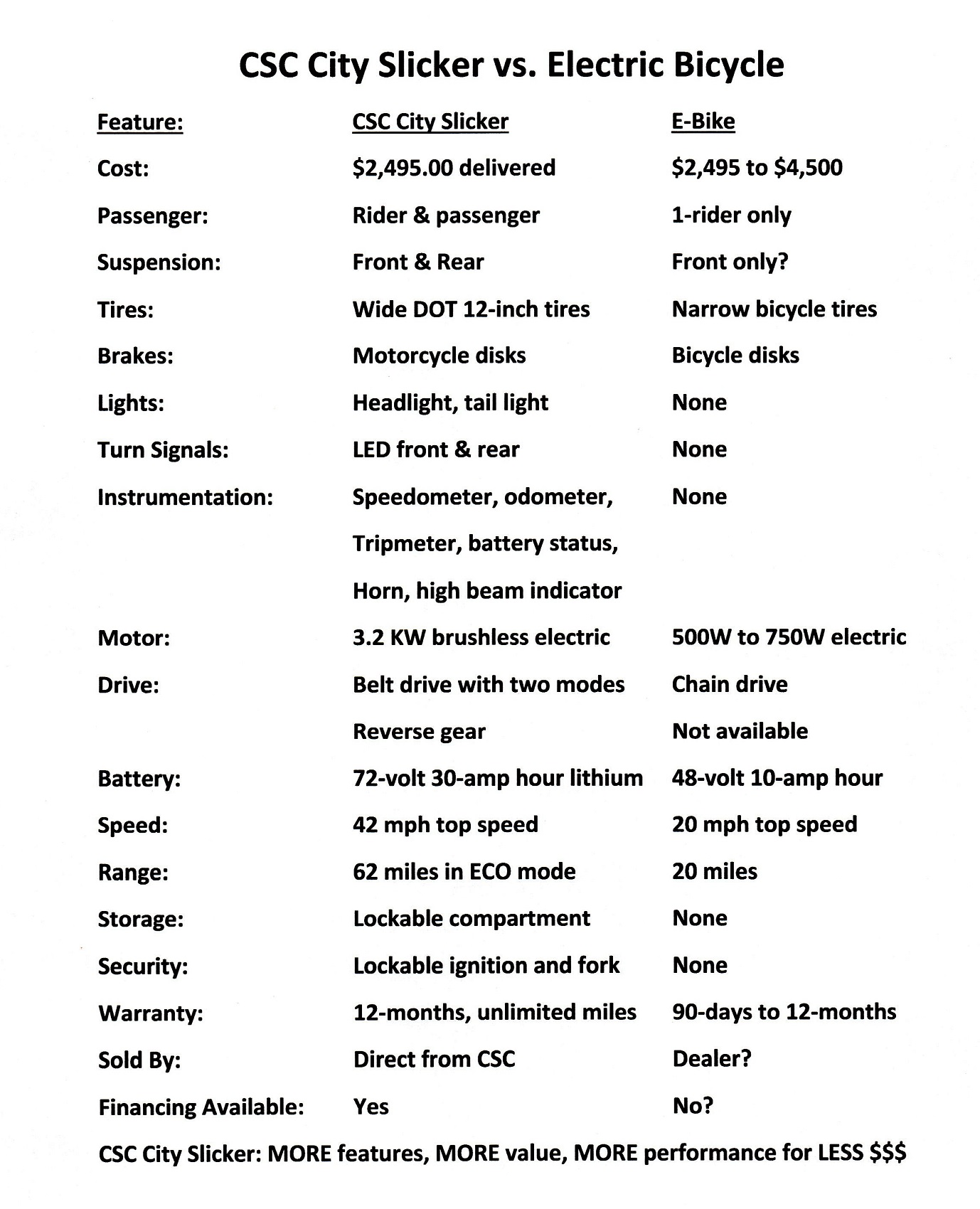 Why would you spend the same amount or MORE for less versatility, fewer safety features, HALF the speed and HALF the range as the CSC City Slicker? The City Slicker has storage, safety, and security features not found on ANY E-bike! For commuting and city errands, the CSC City Slicker is the BEST value in the market today!
Why would you spend the same amount or MORE for less versatility, fewer safety features, HALF the speed and HALF the range as the CSC City Slicker? The City Slicker has storage, safety, and security features not found on ANY E-bike! For commuting and city errands, the CSC City Slicker is the BEST value in the market today!
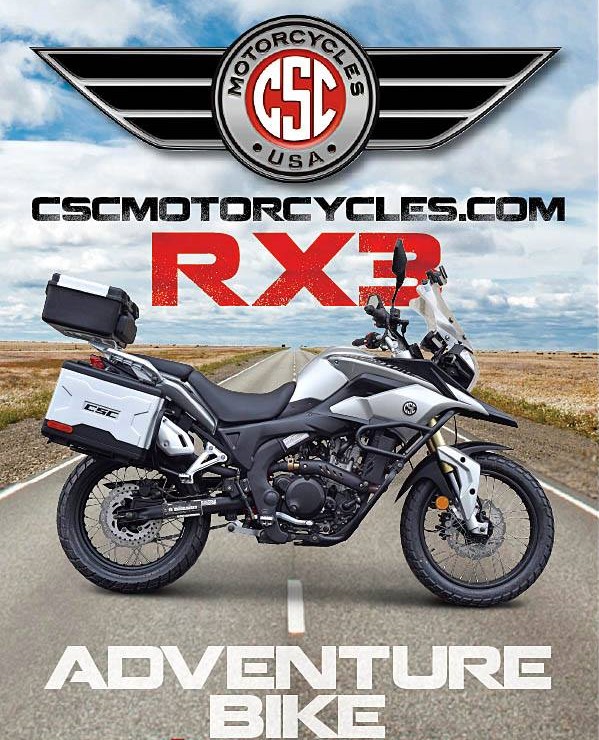
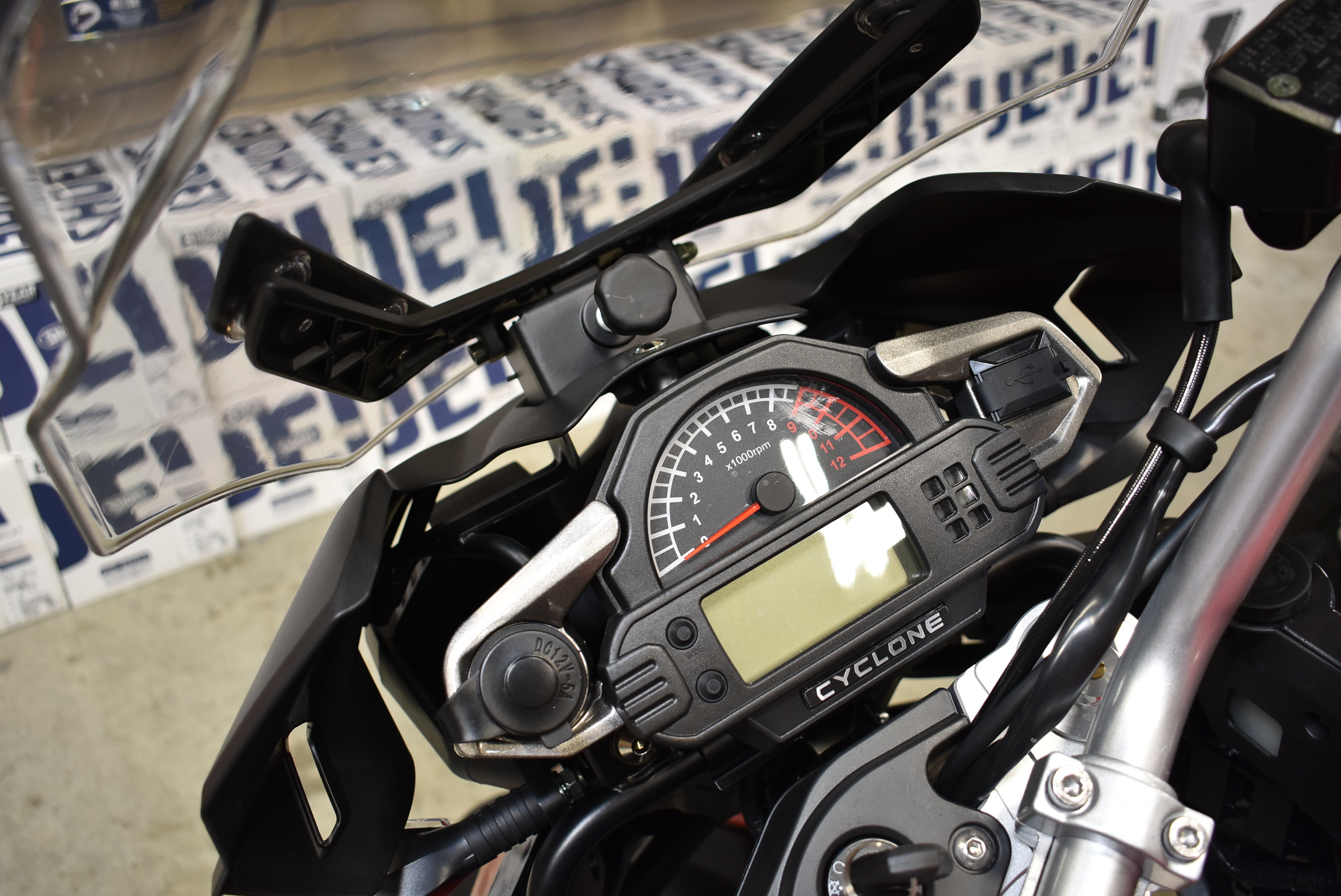
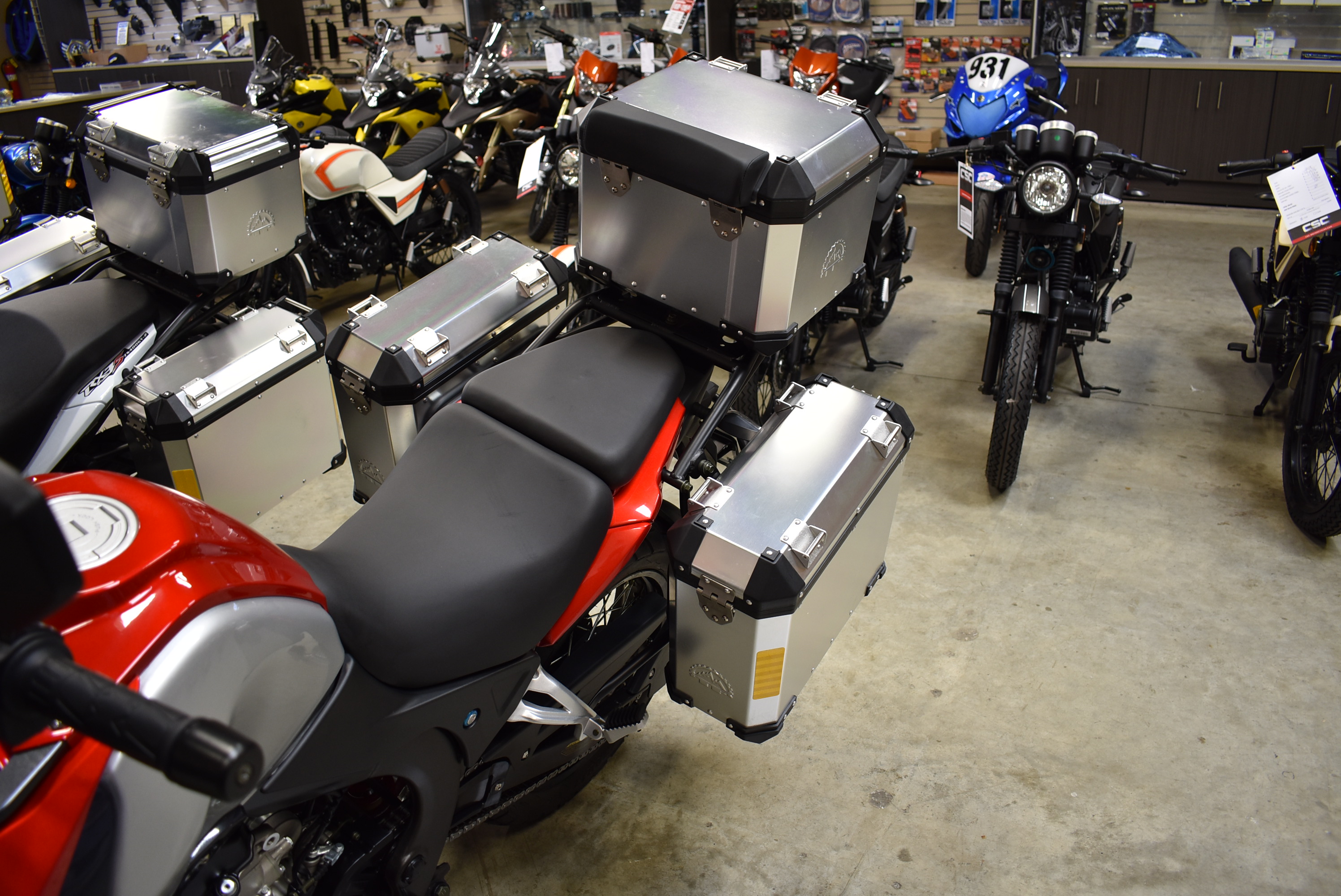
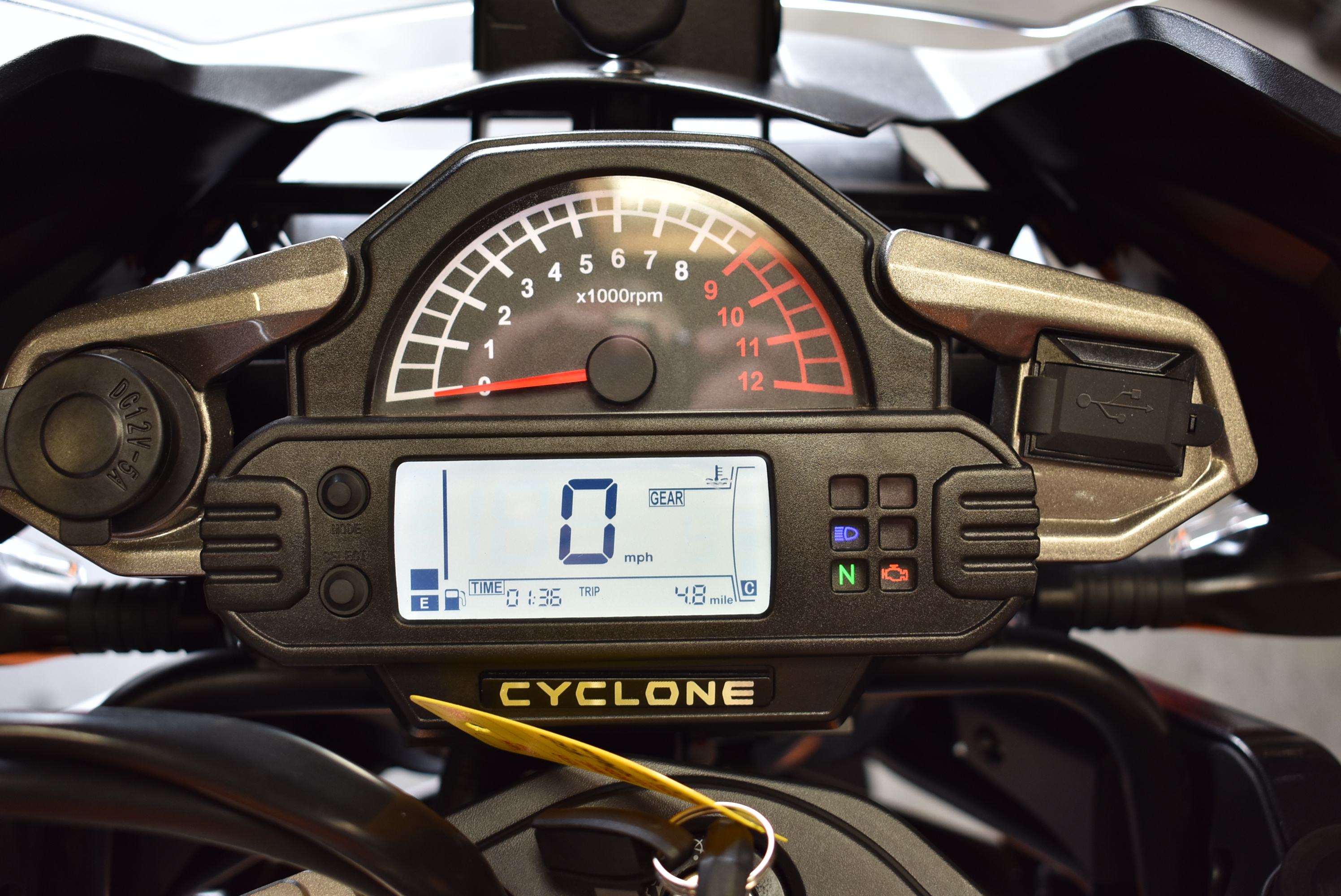
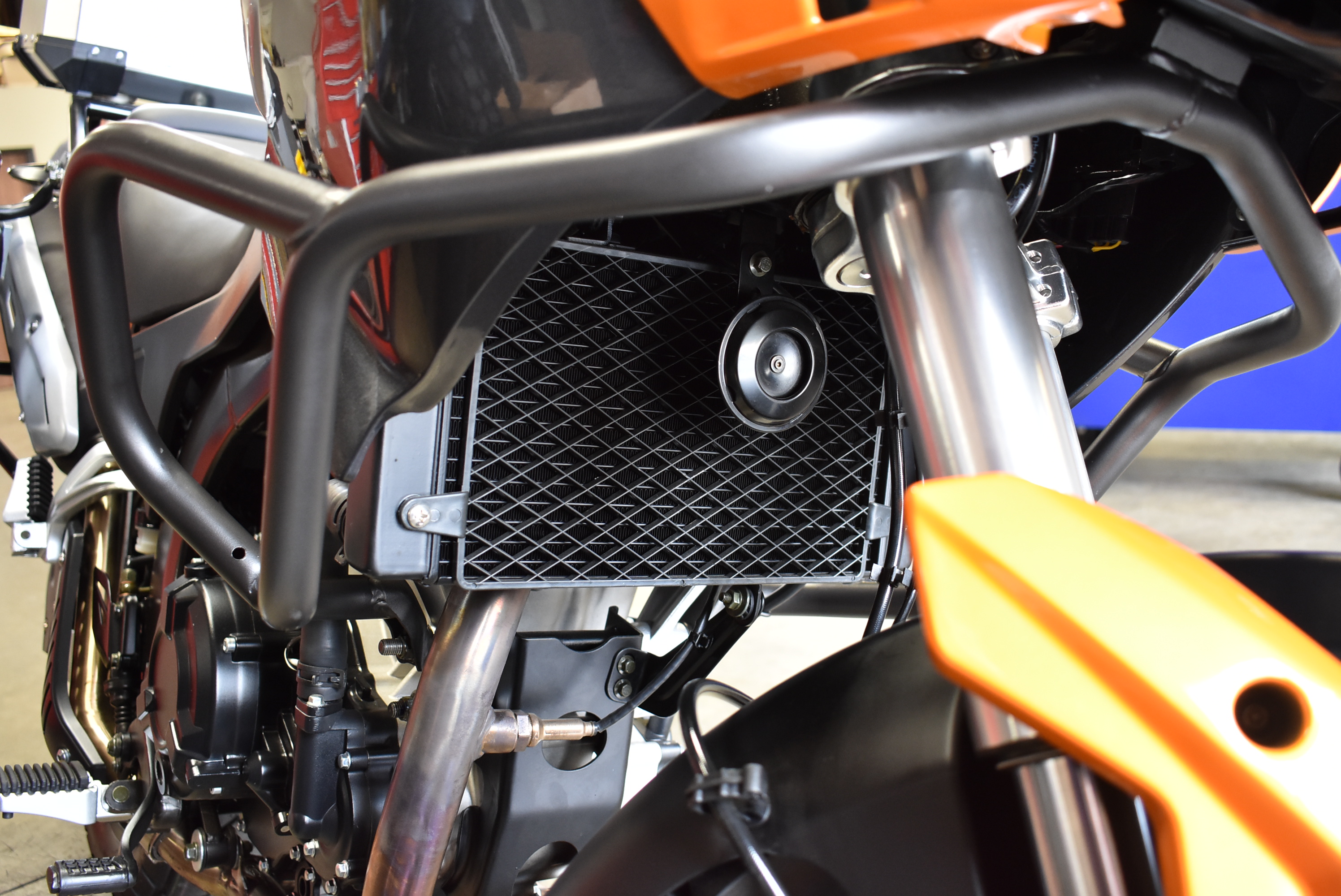
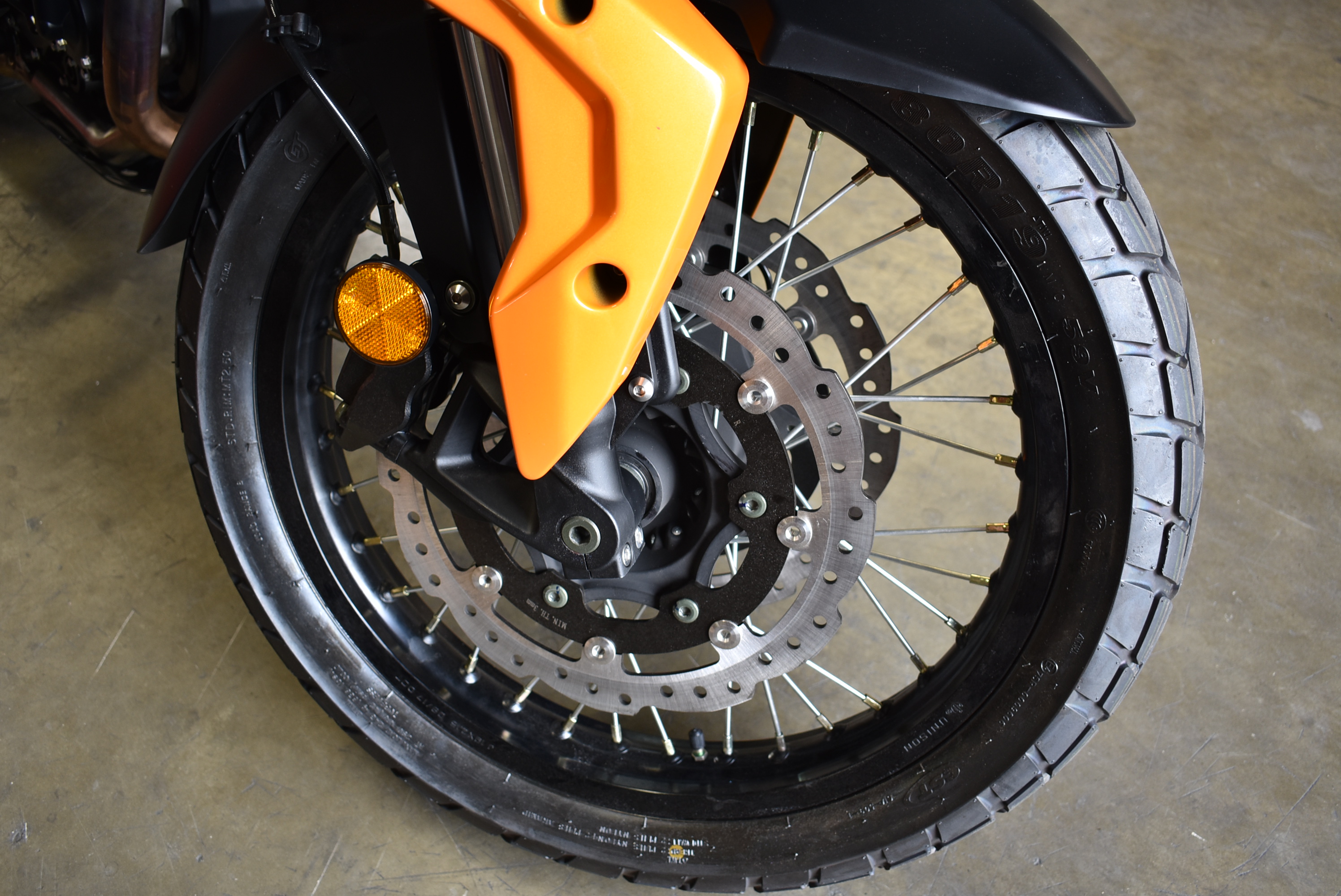
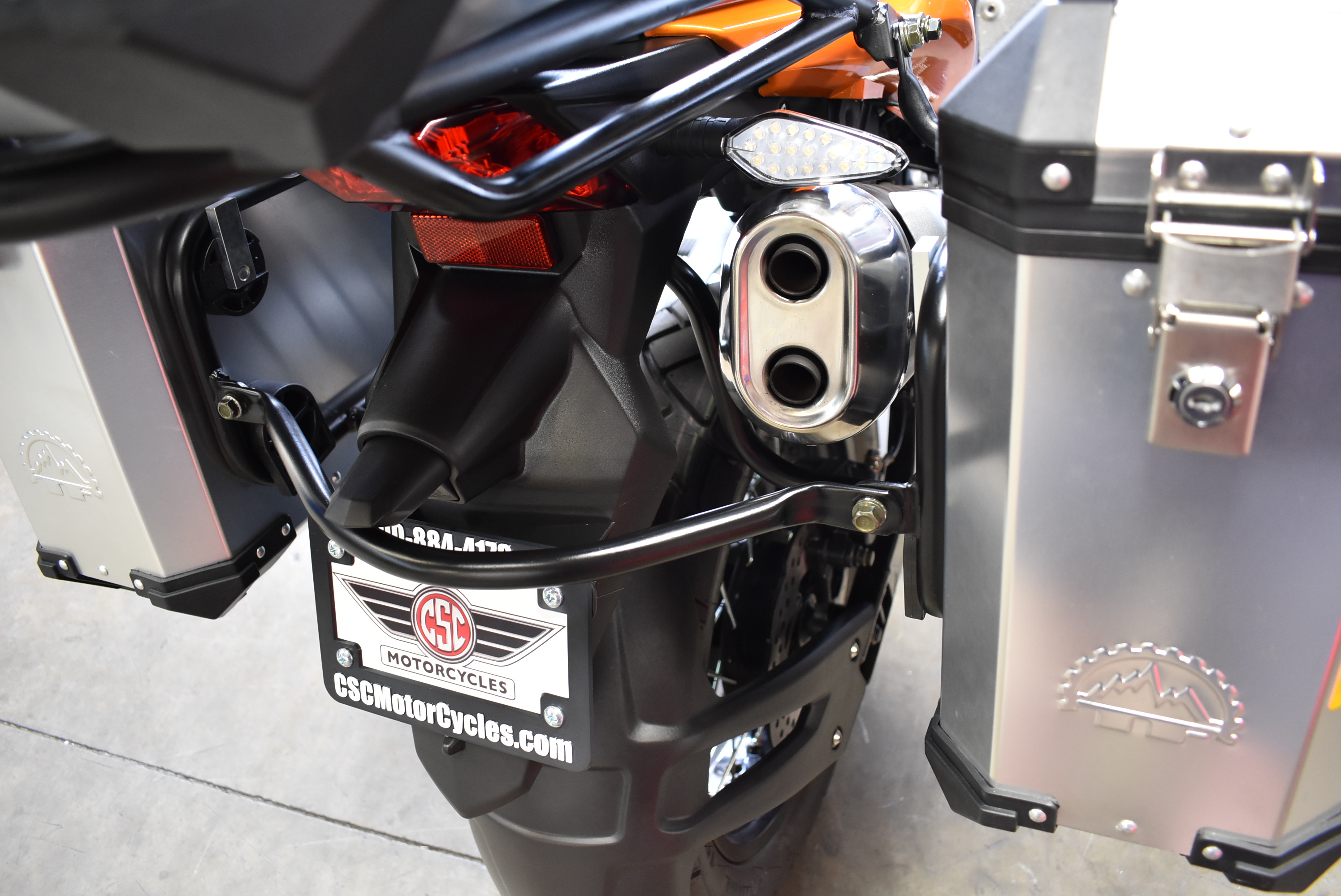
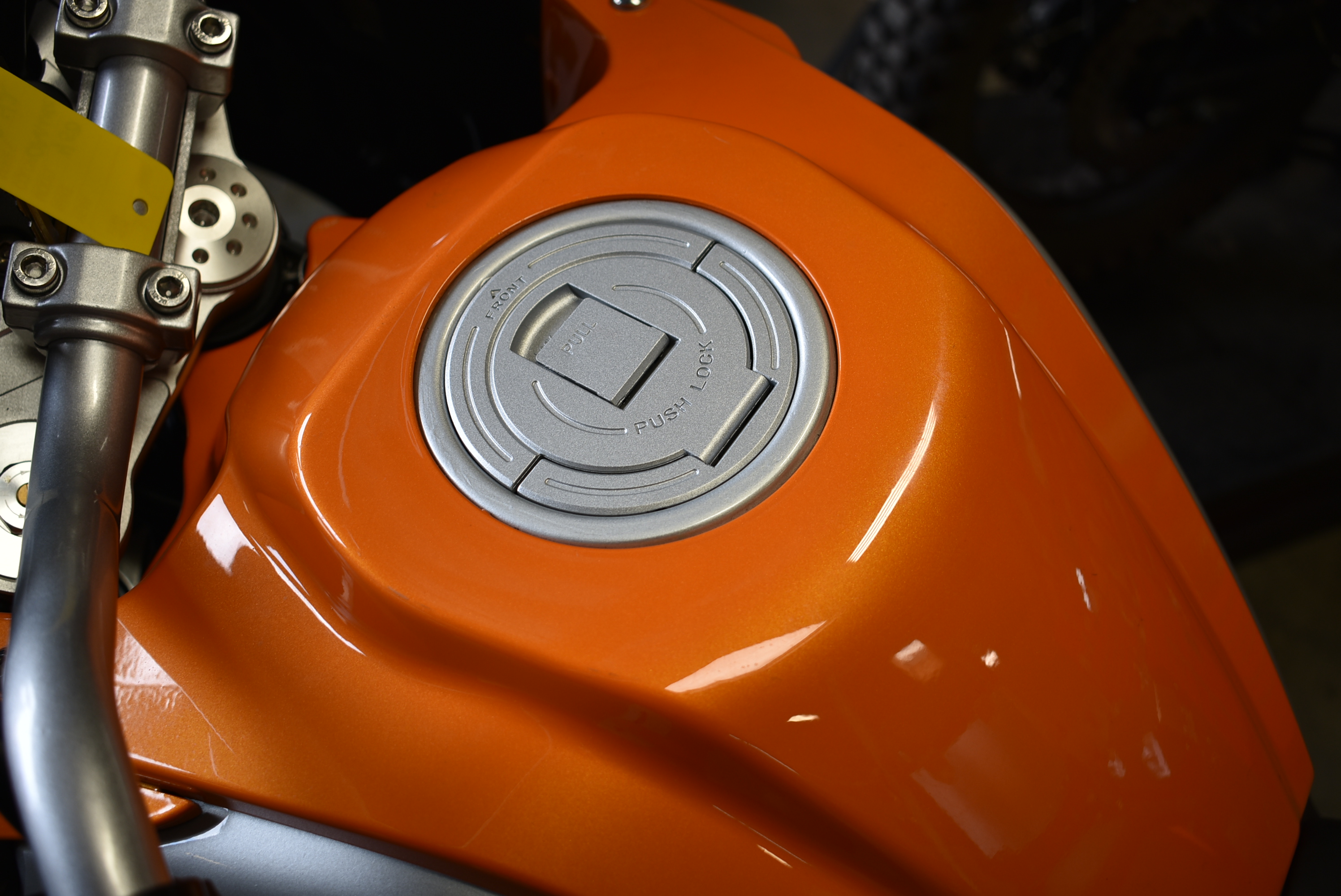
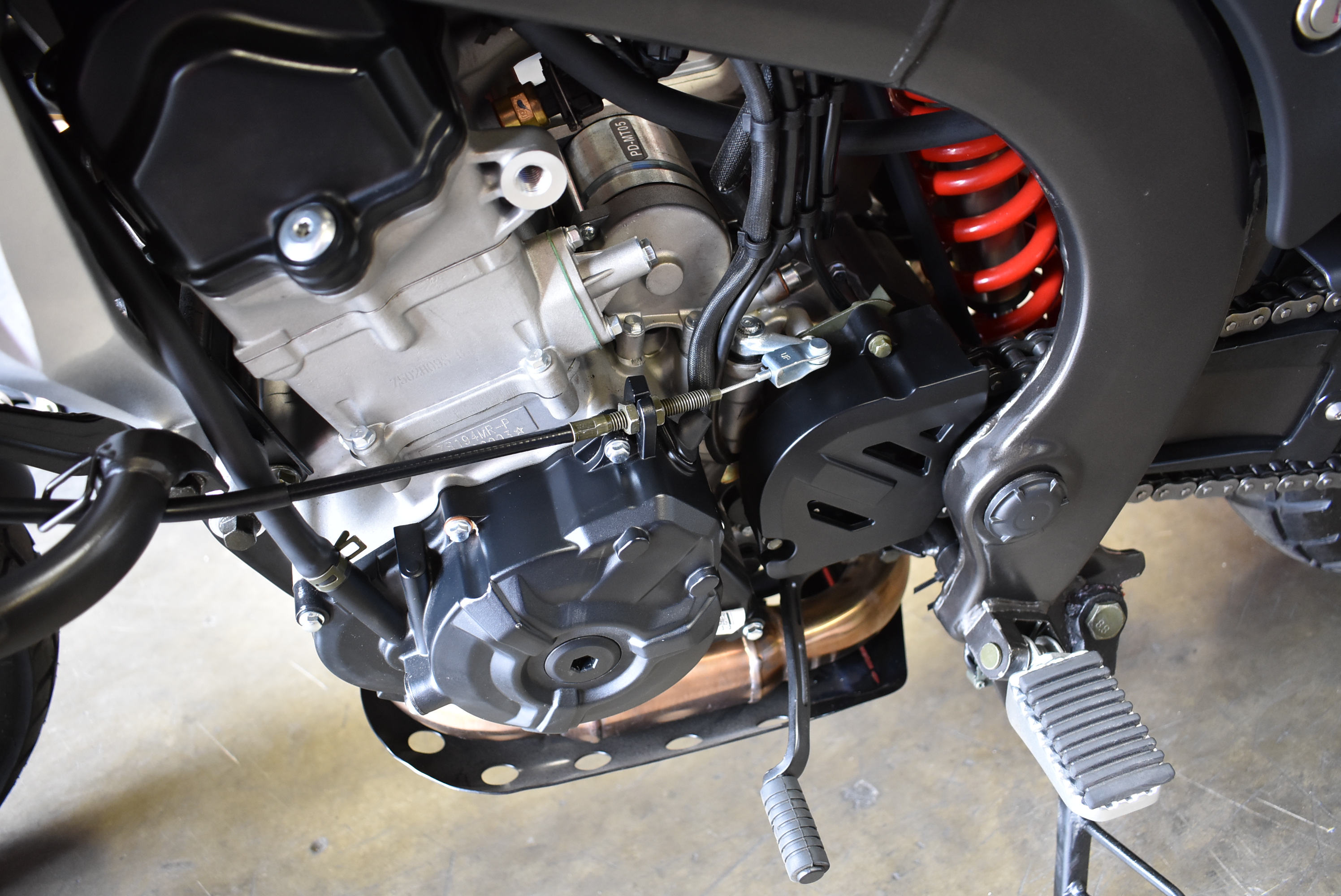
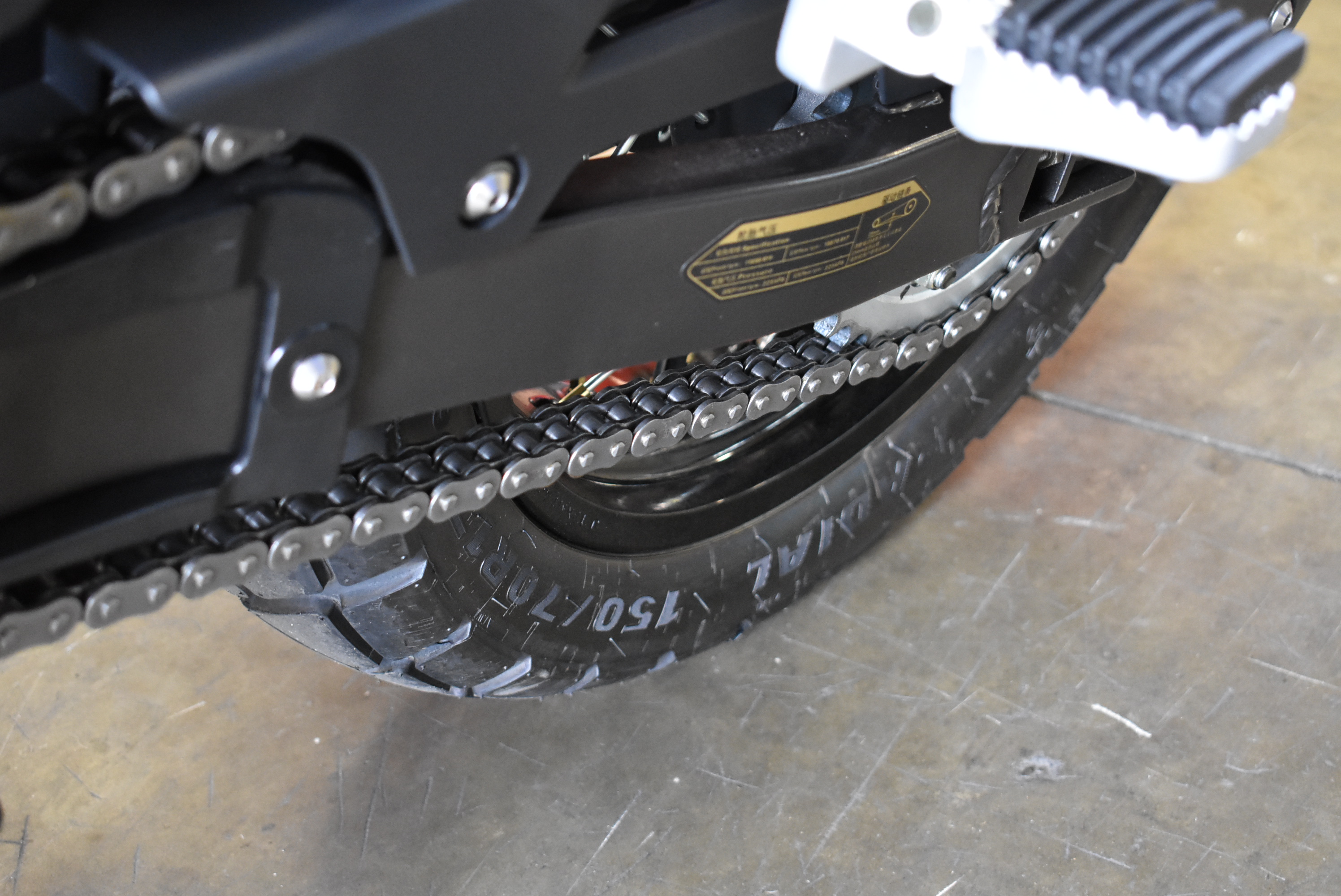
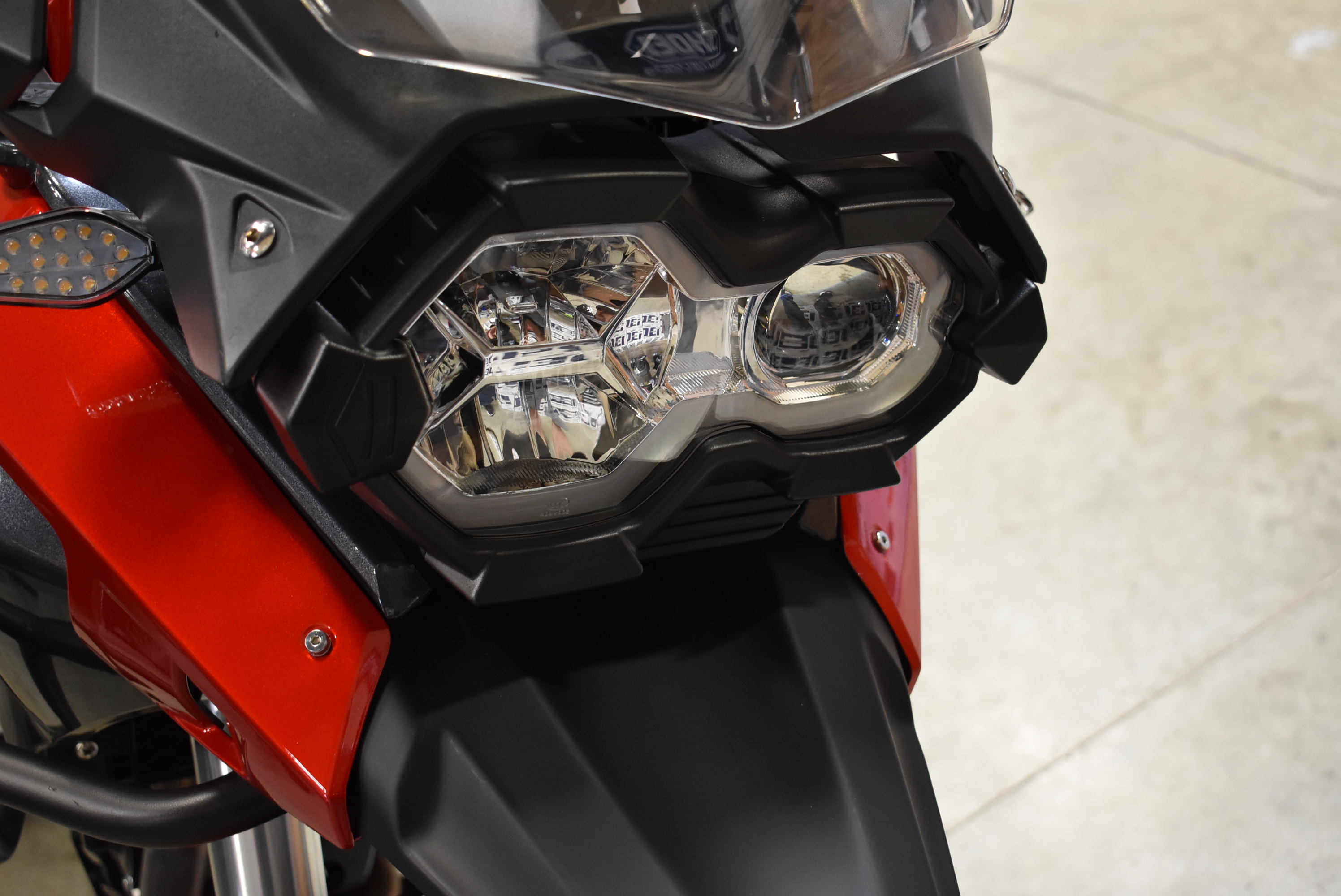
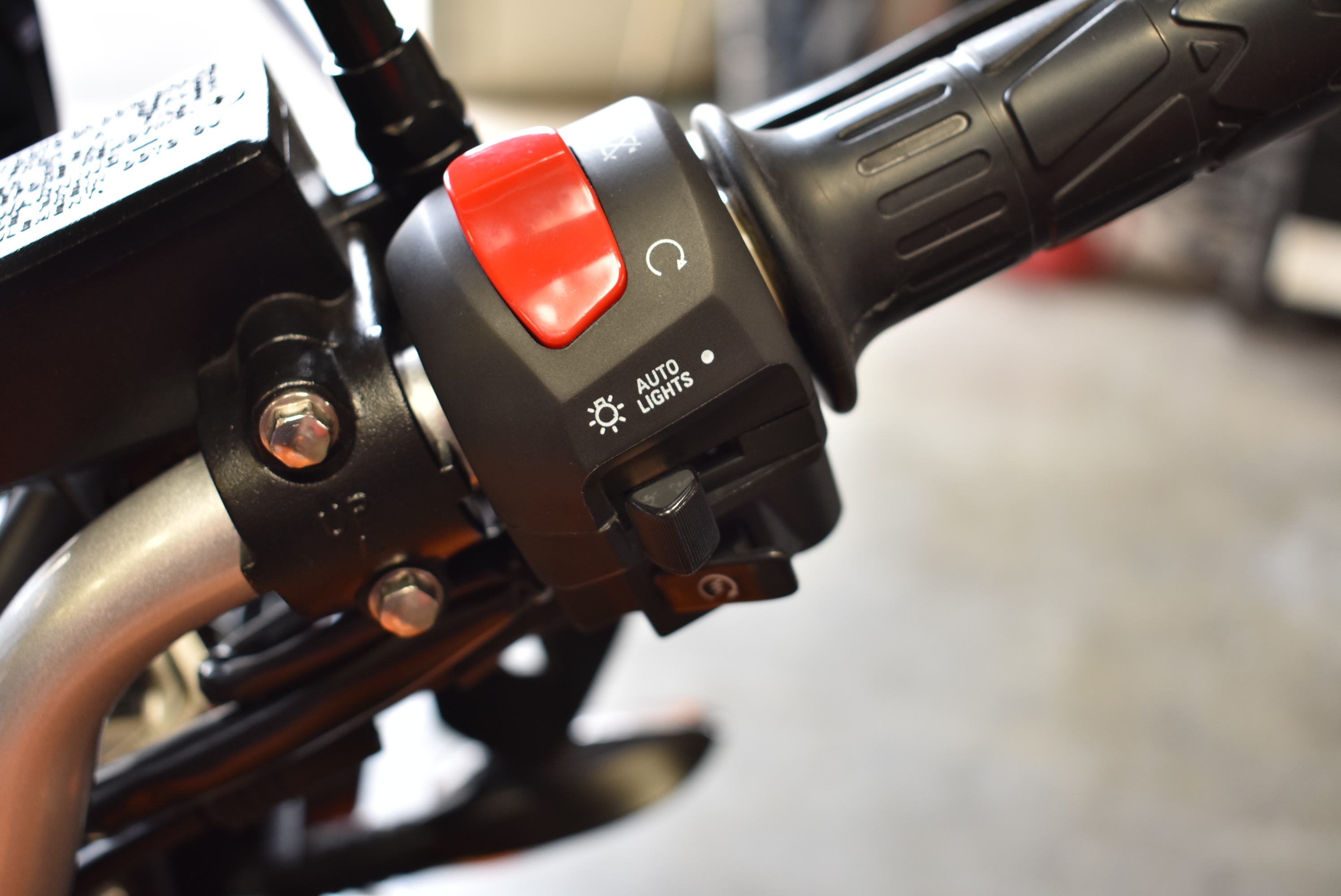
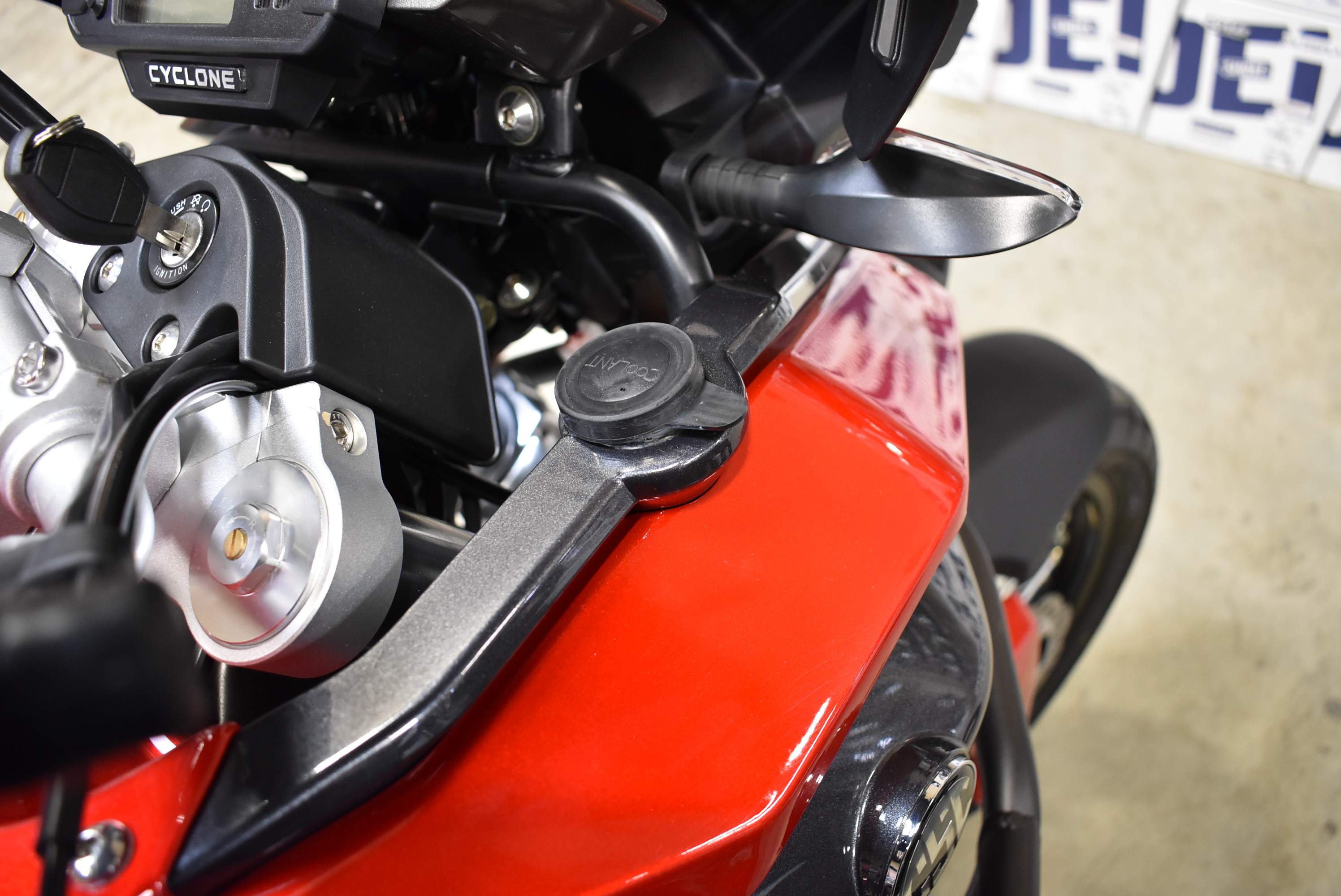
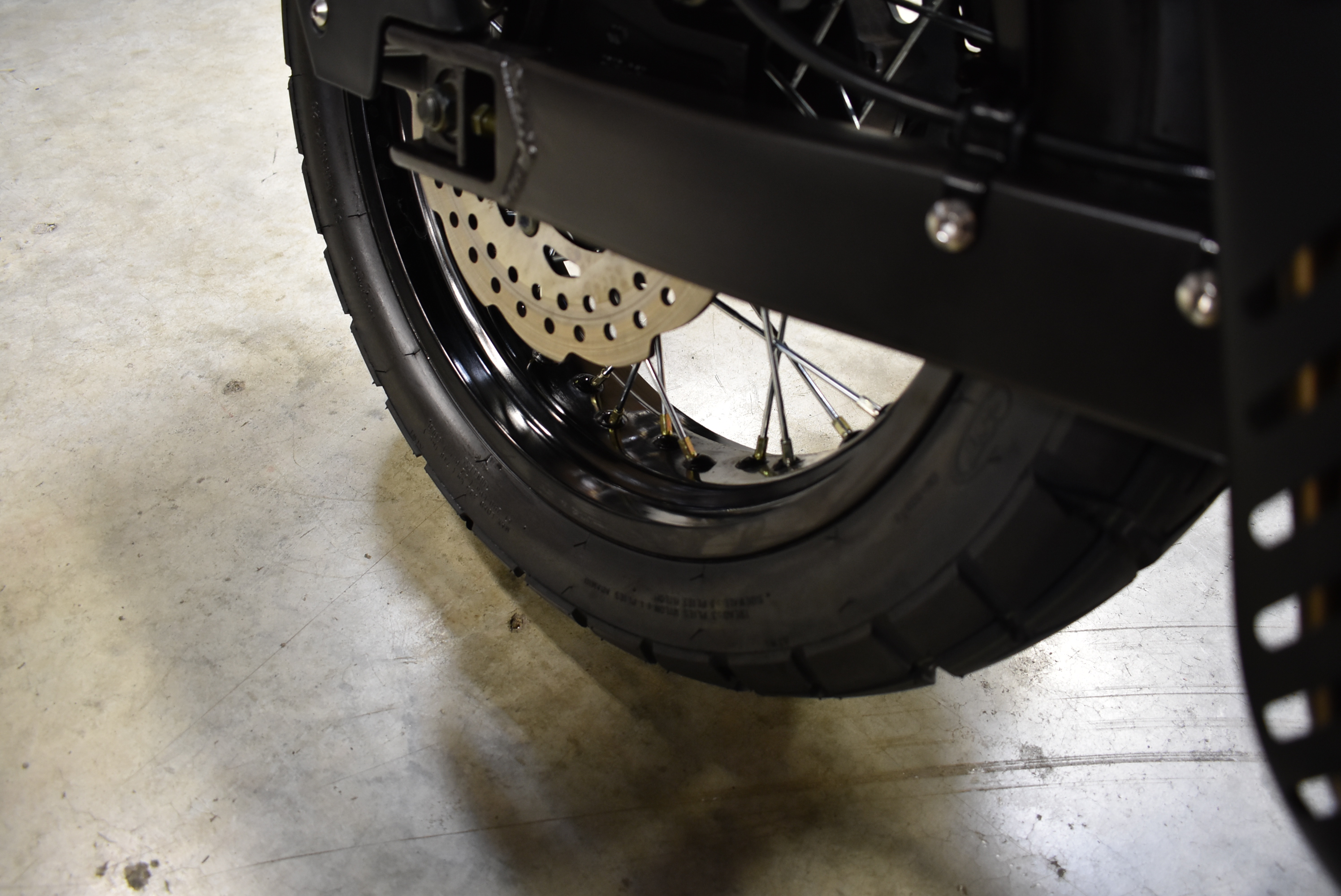
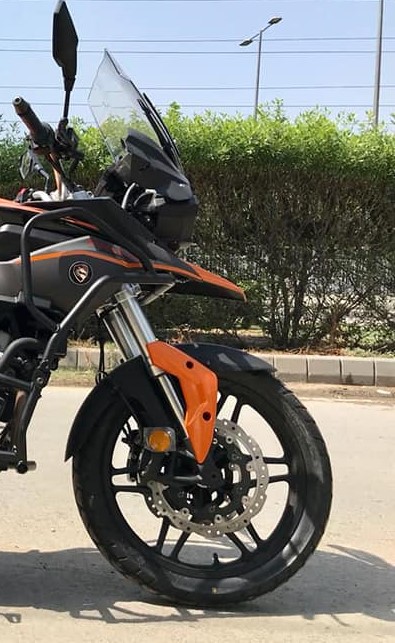
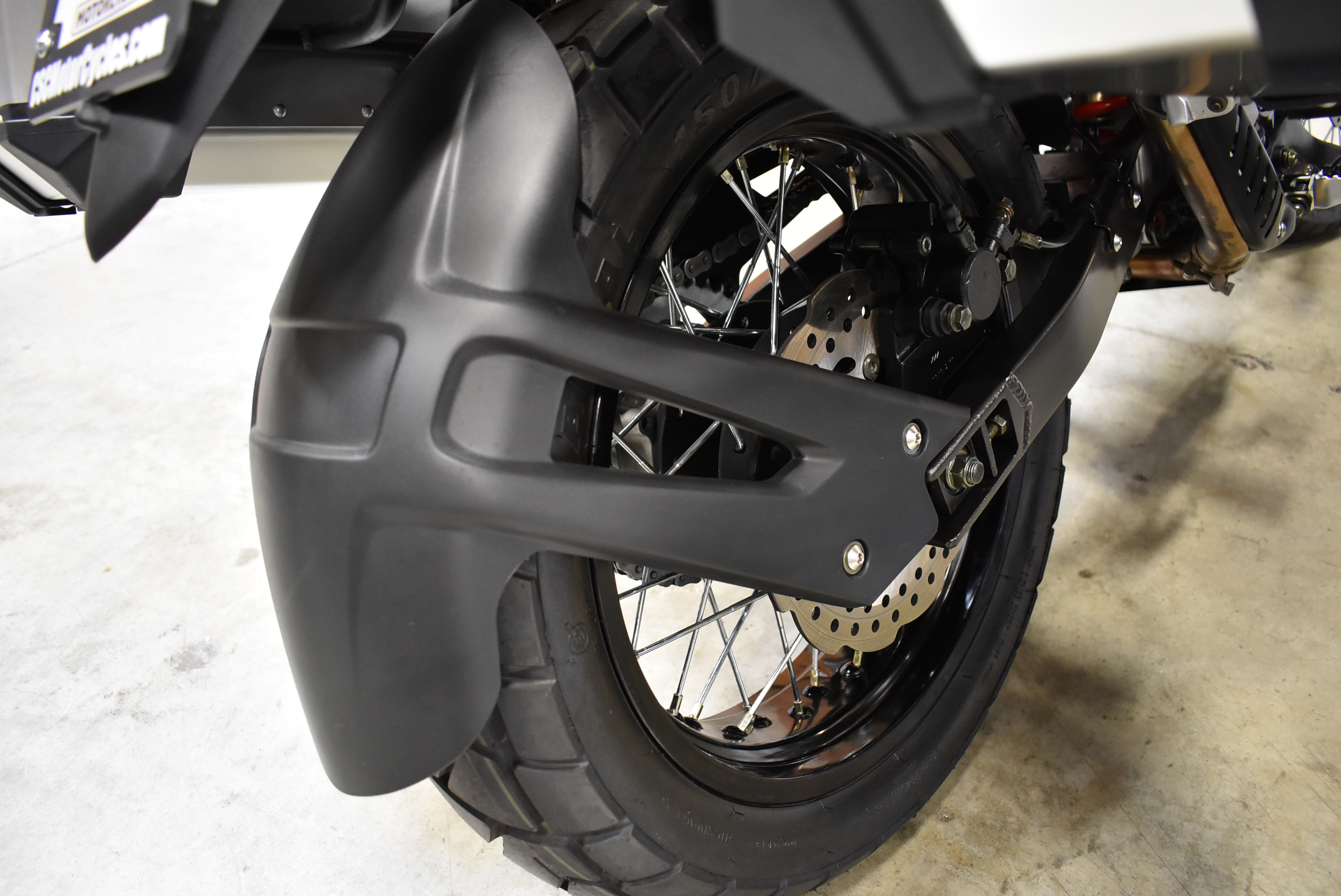
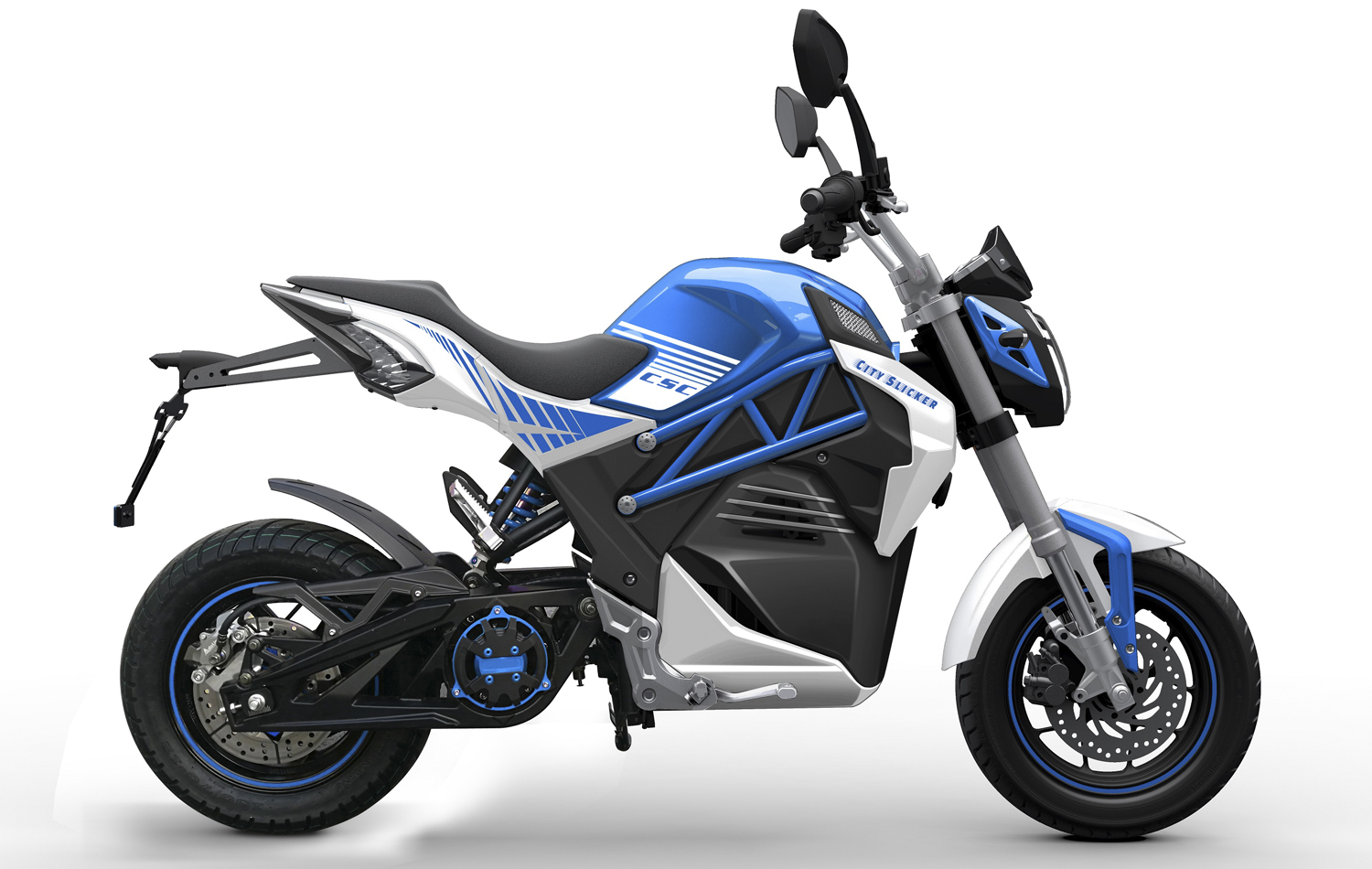
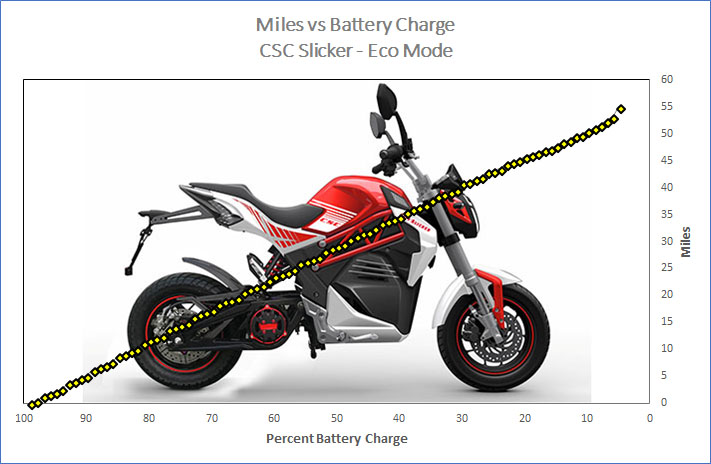
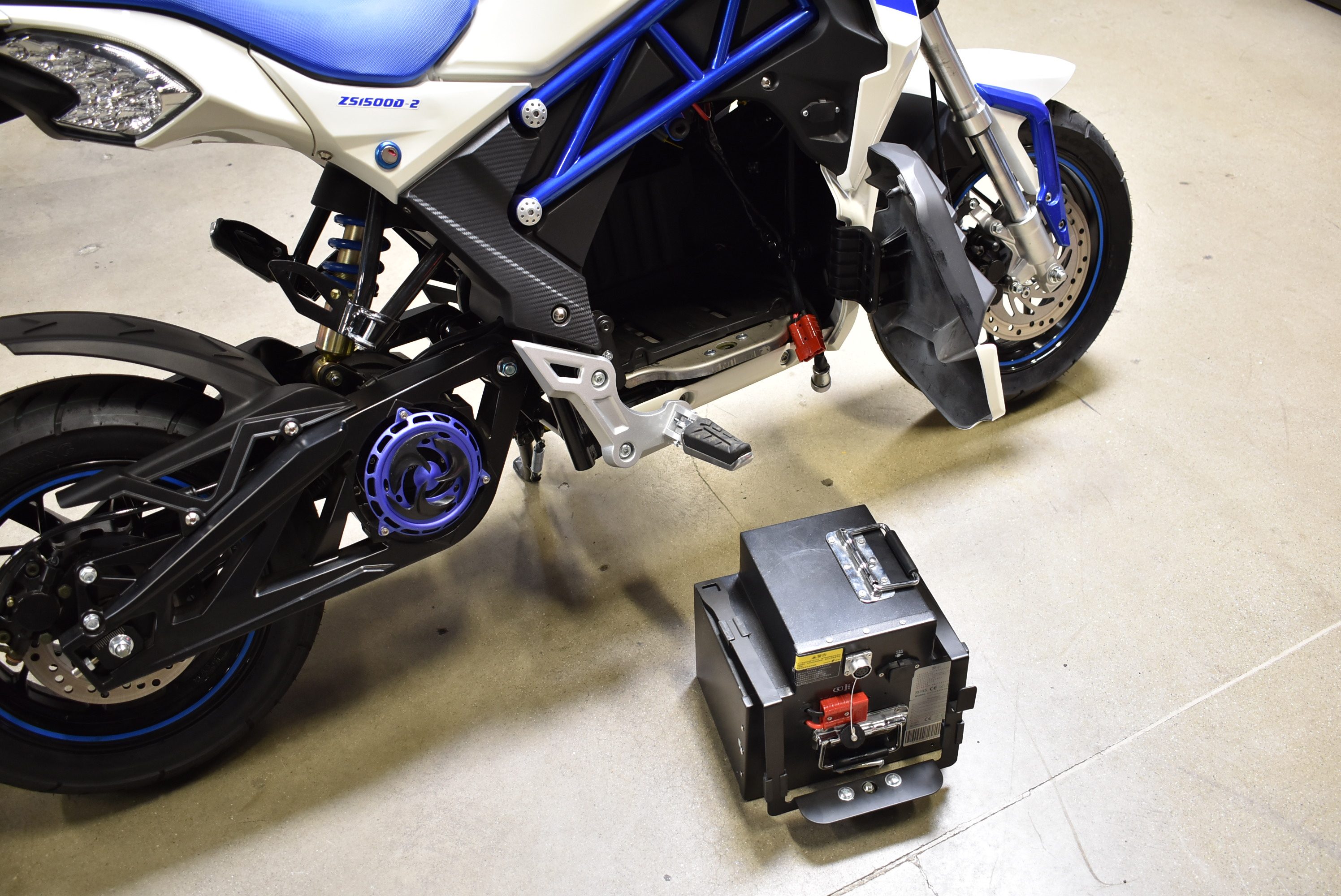
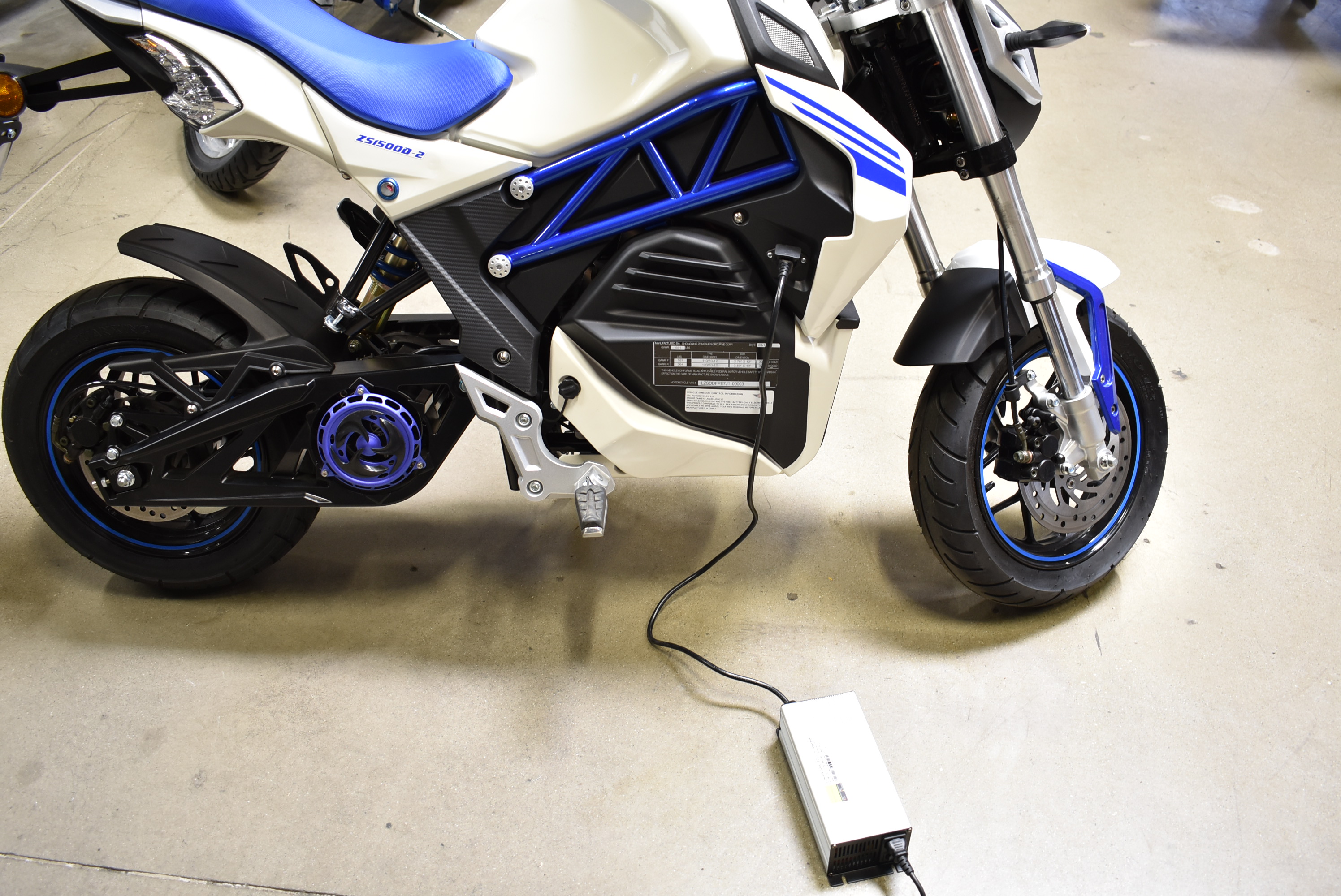
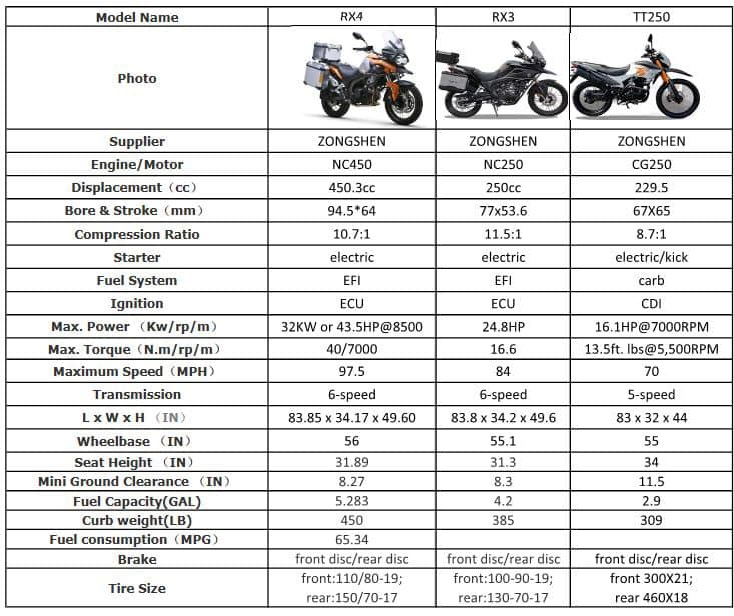
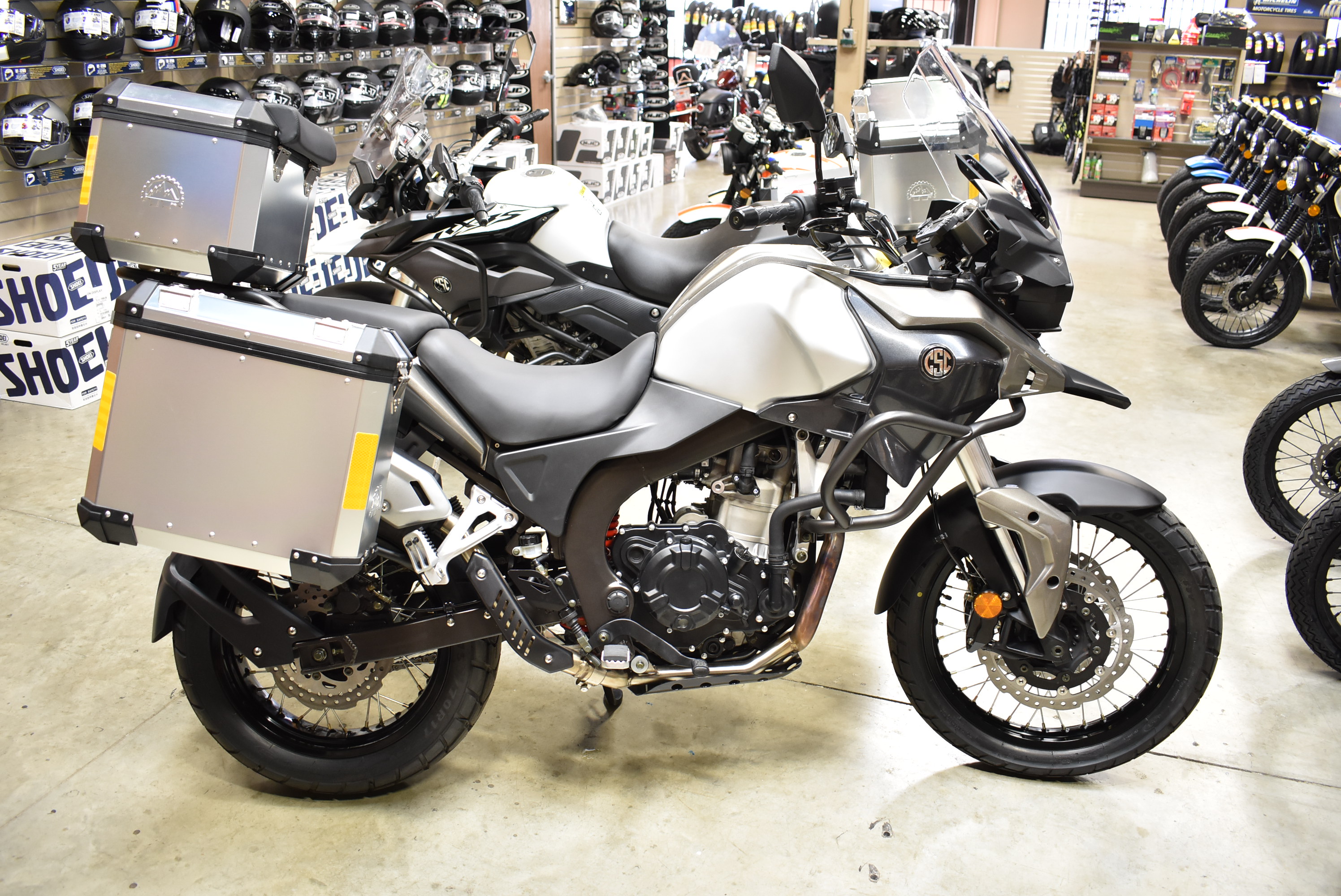
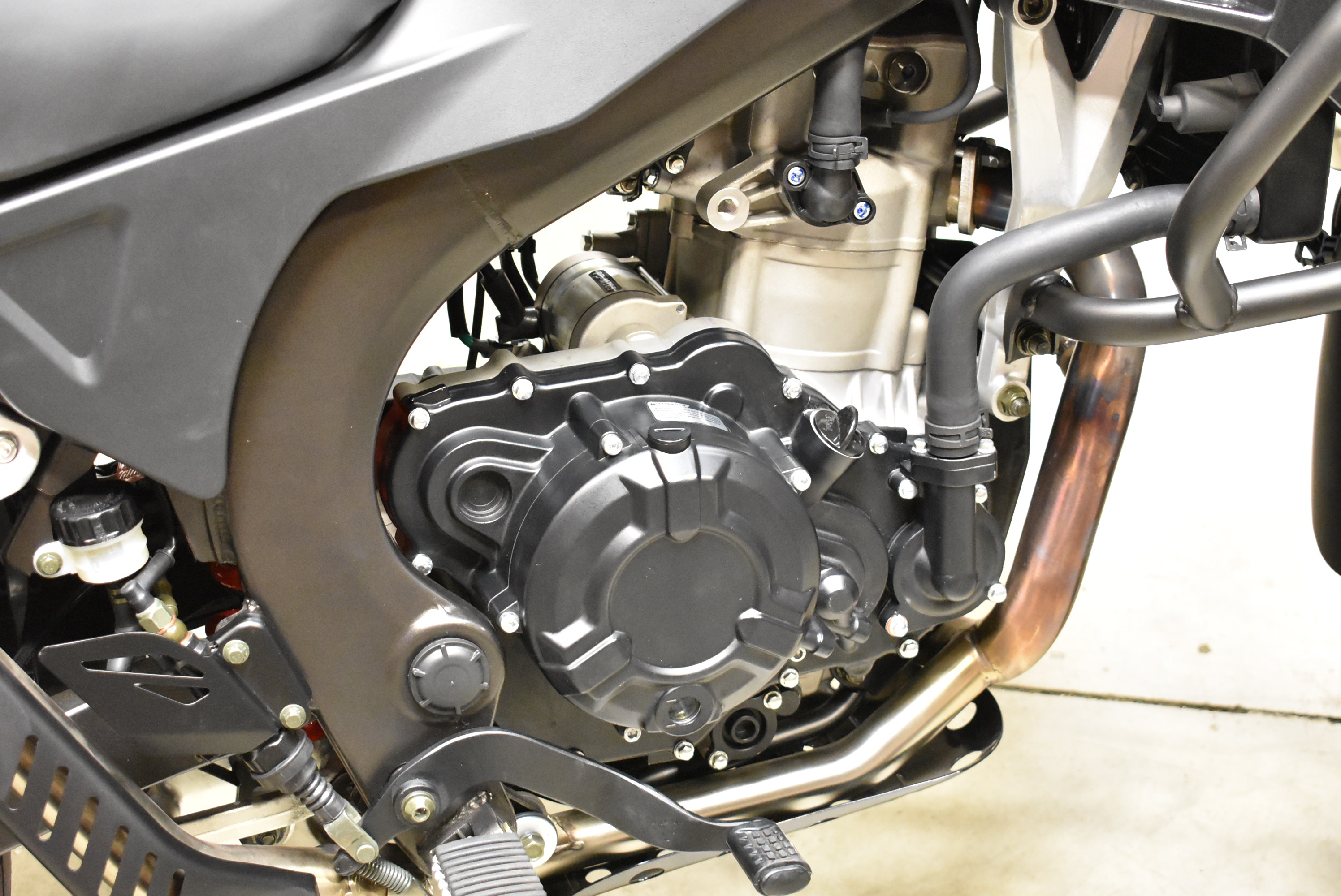
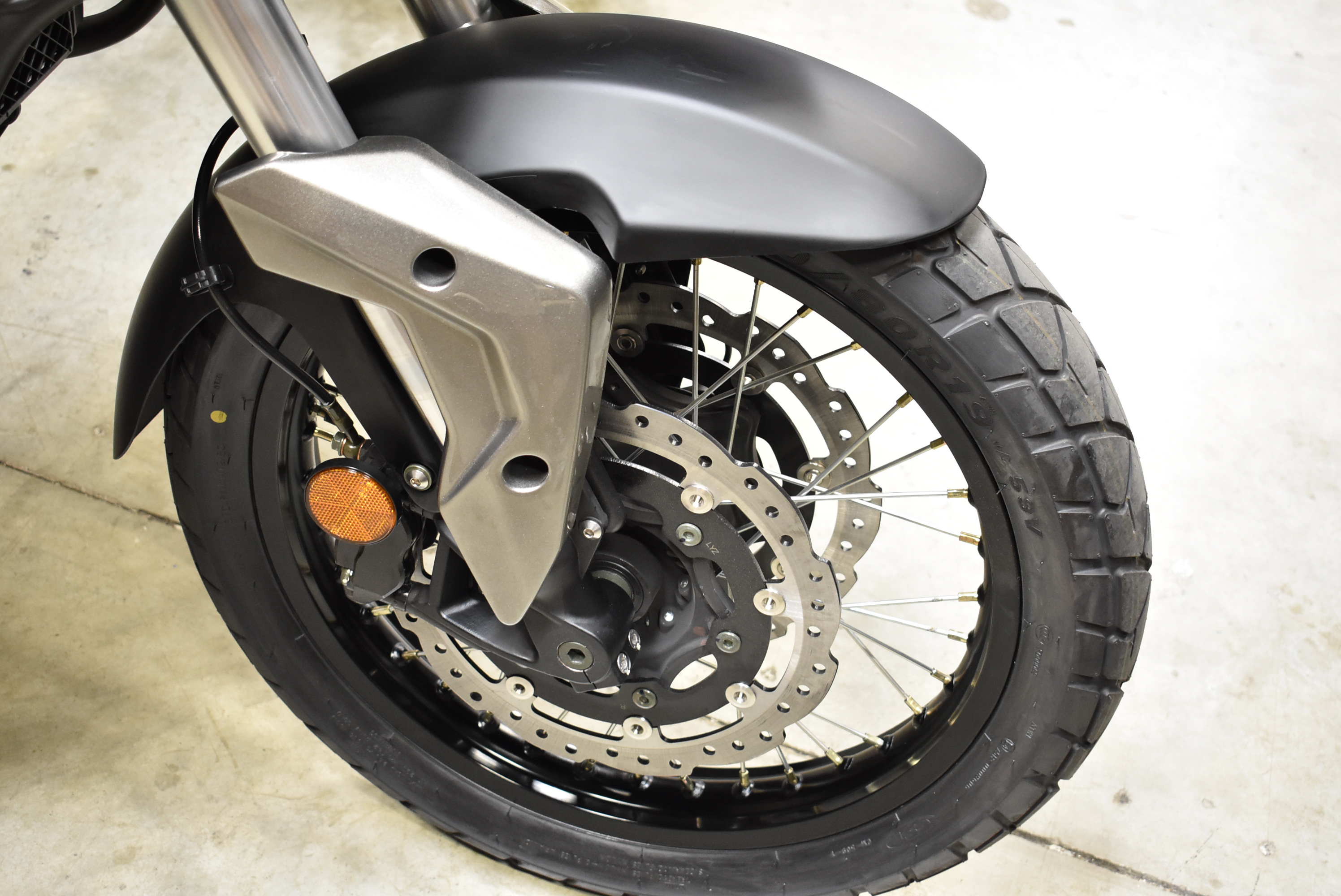
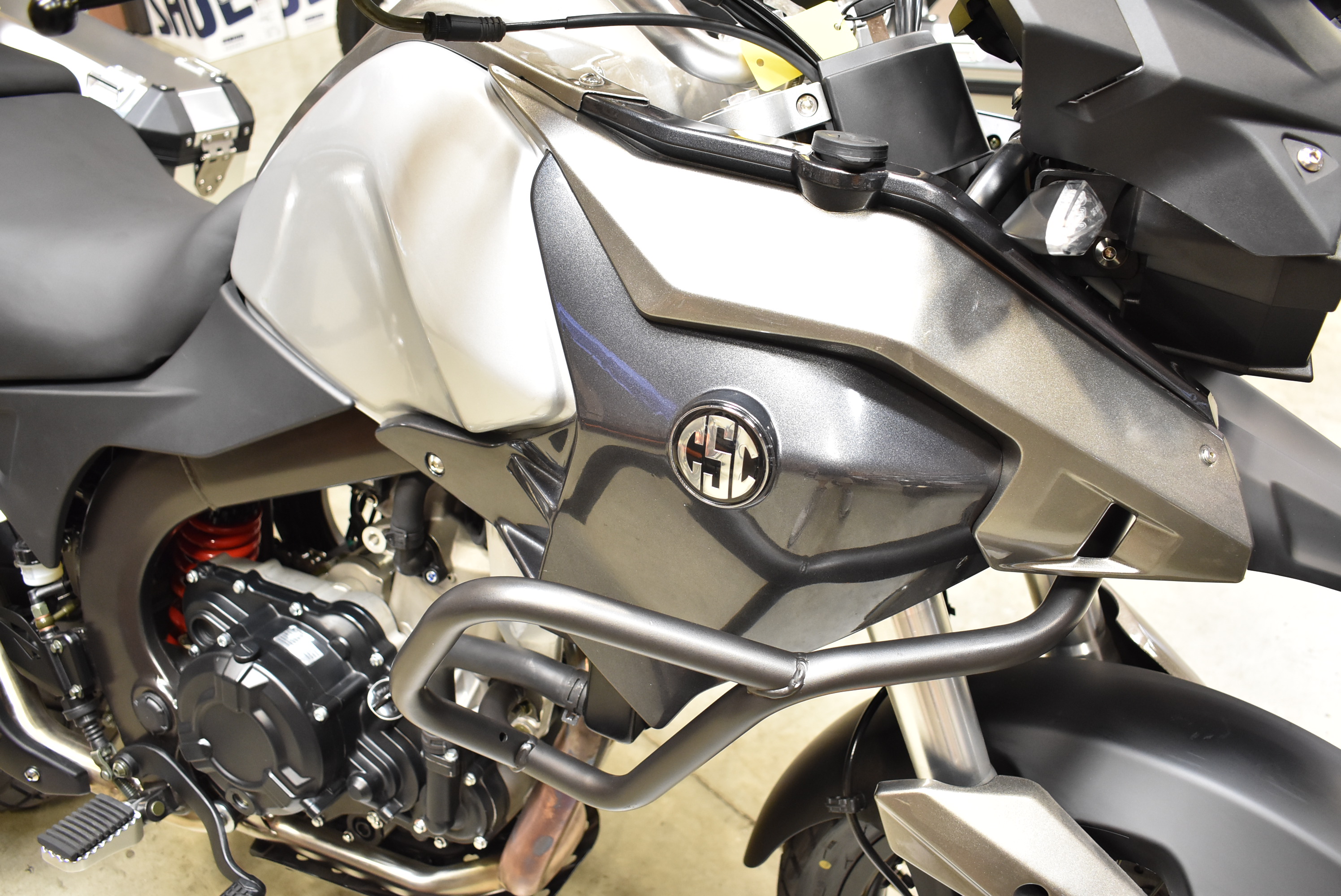
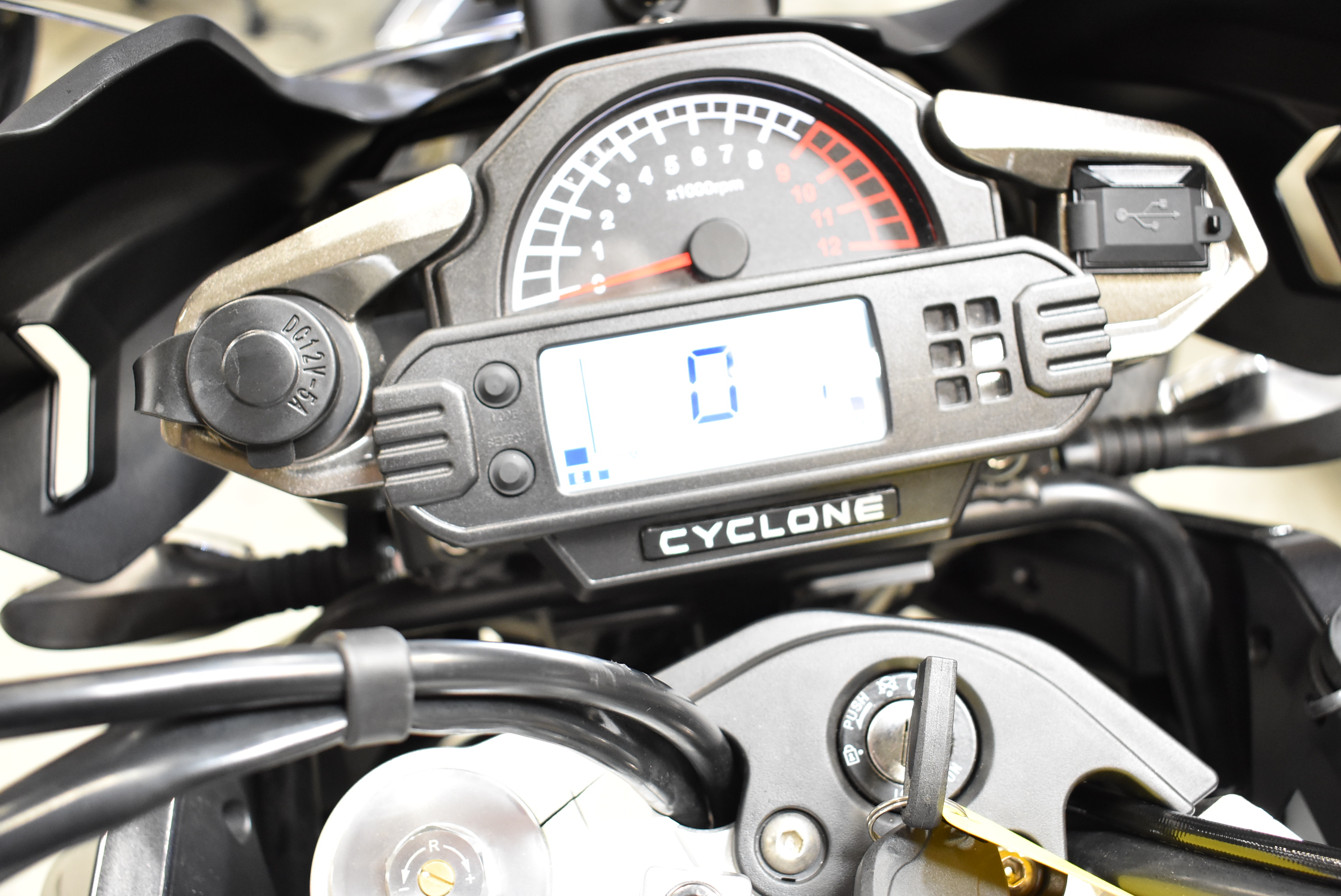
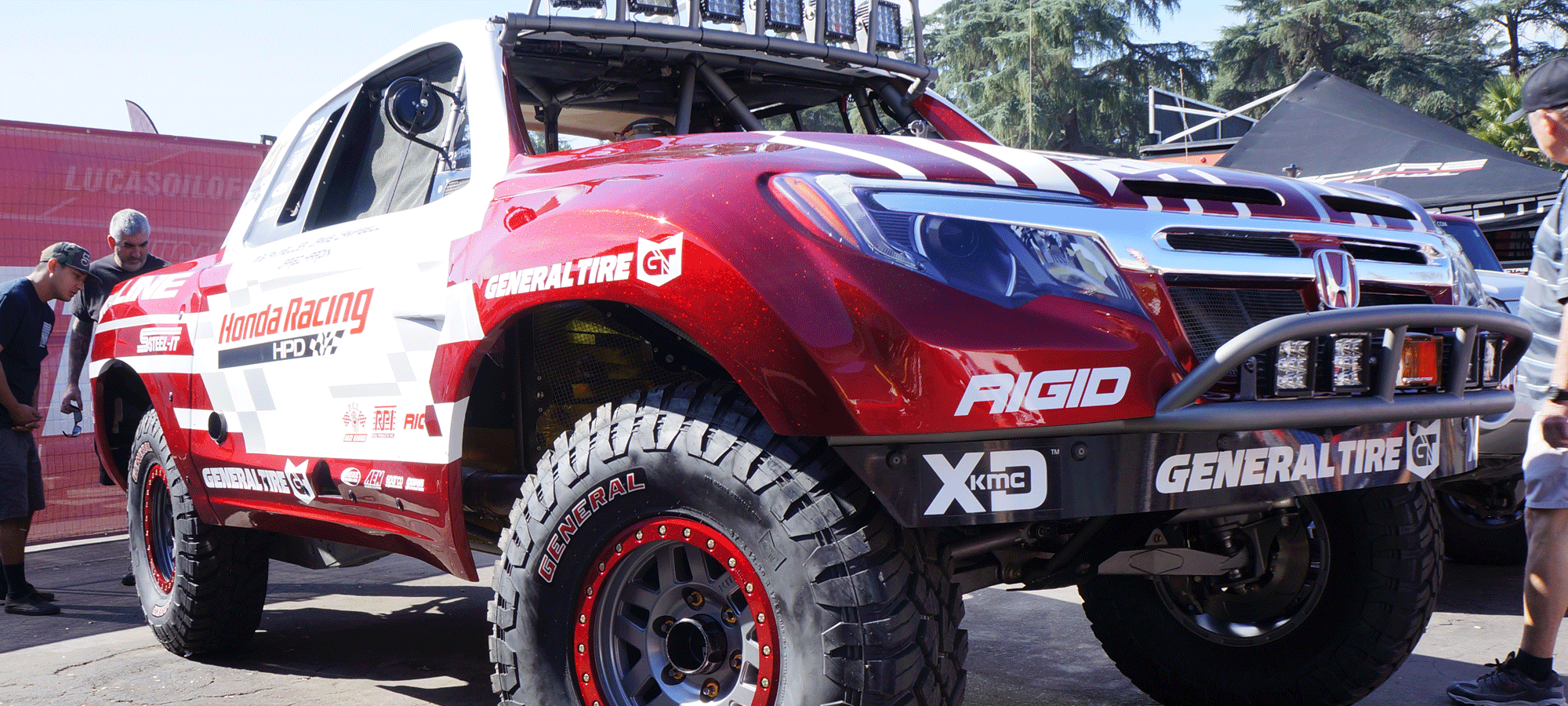
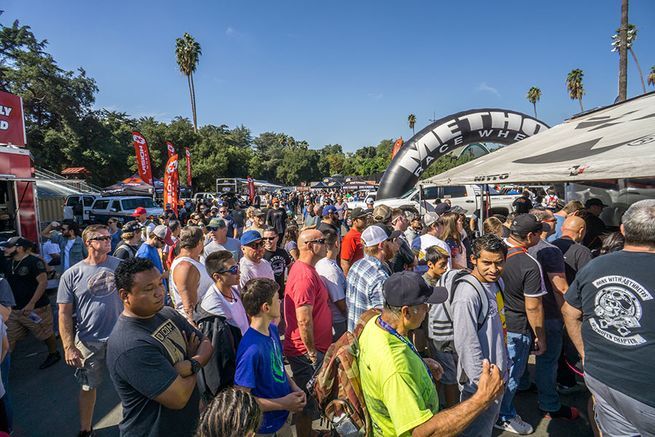
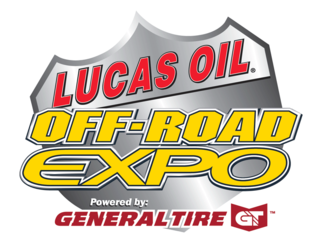
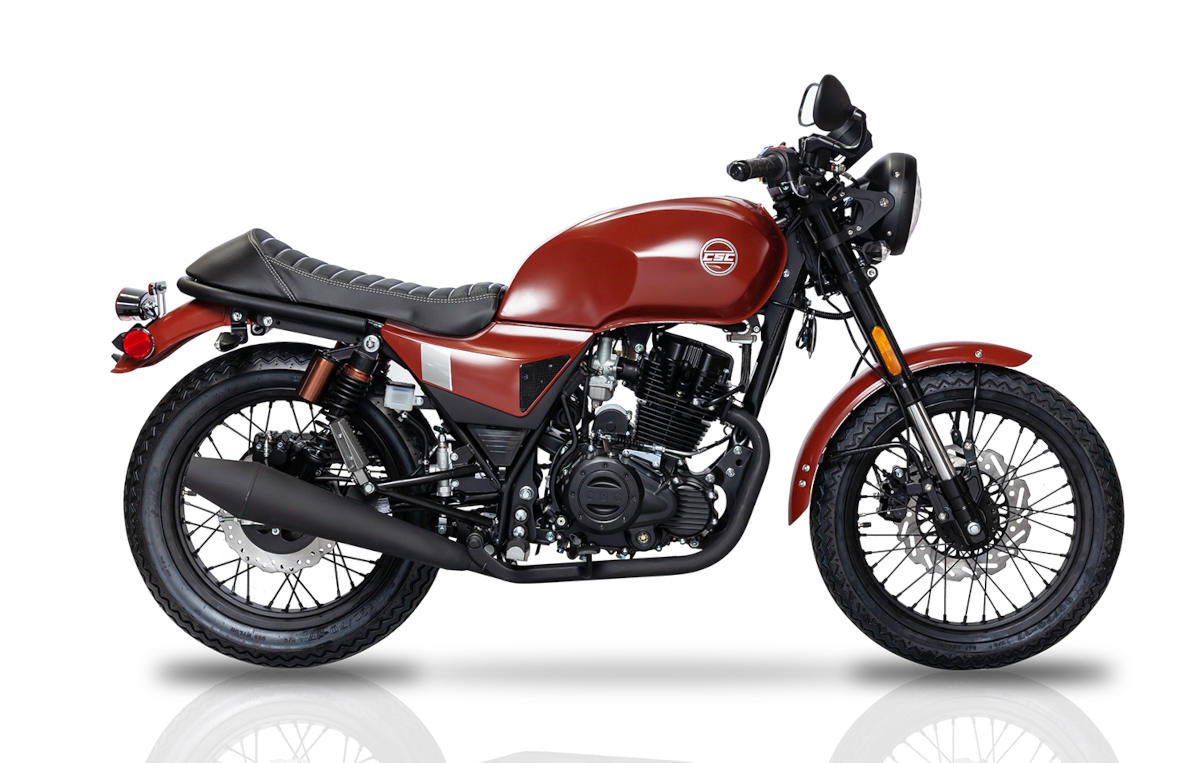 SG250 San Gabriel Cafe Racer
SG250 San Gabriel Cafe Racer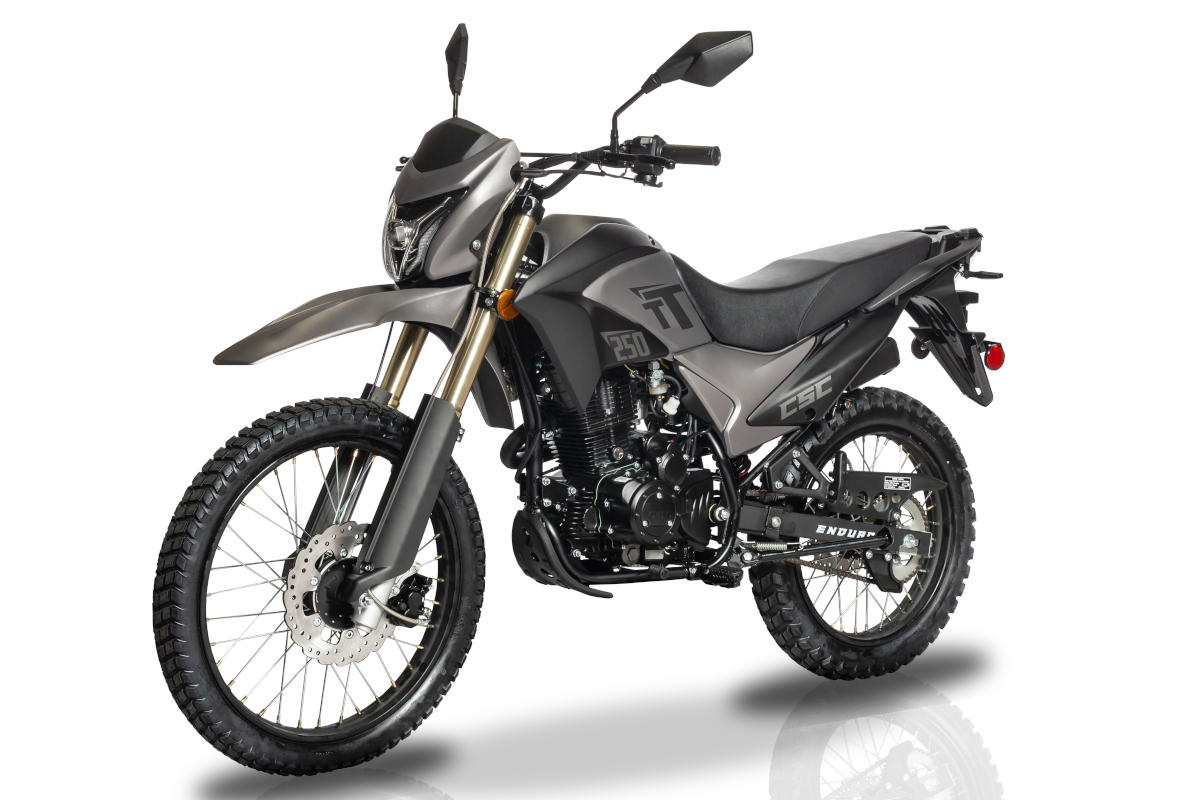 TT250 Enduro
TT250 Enduro